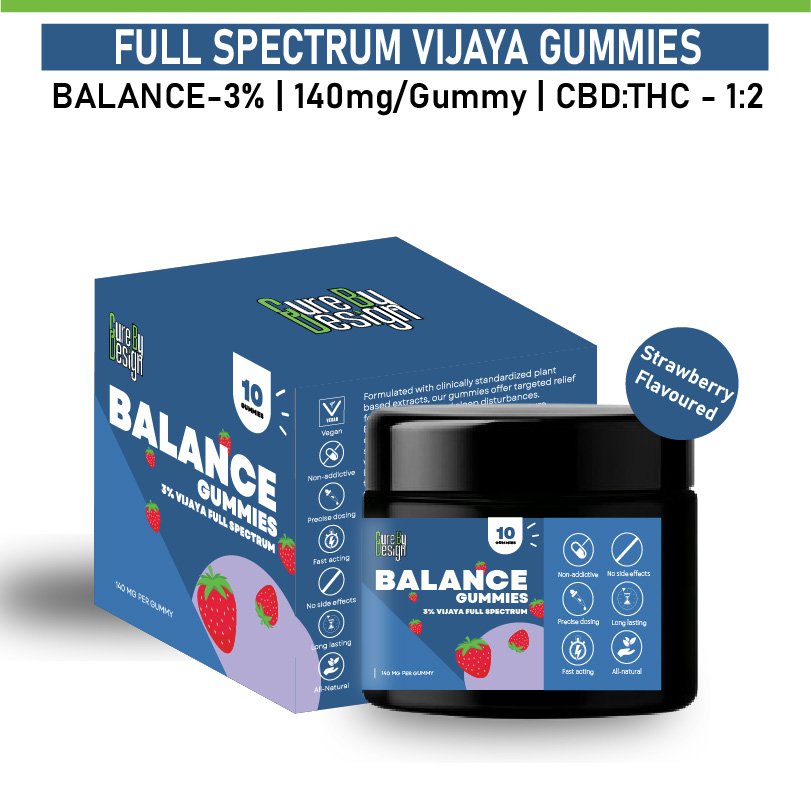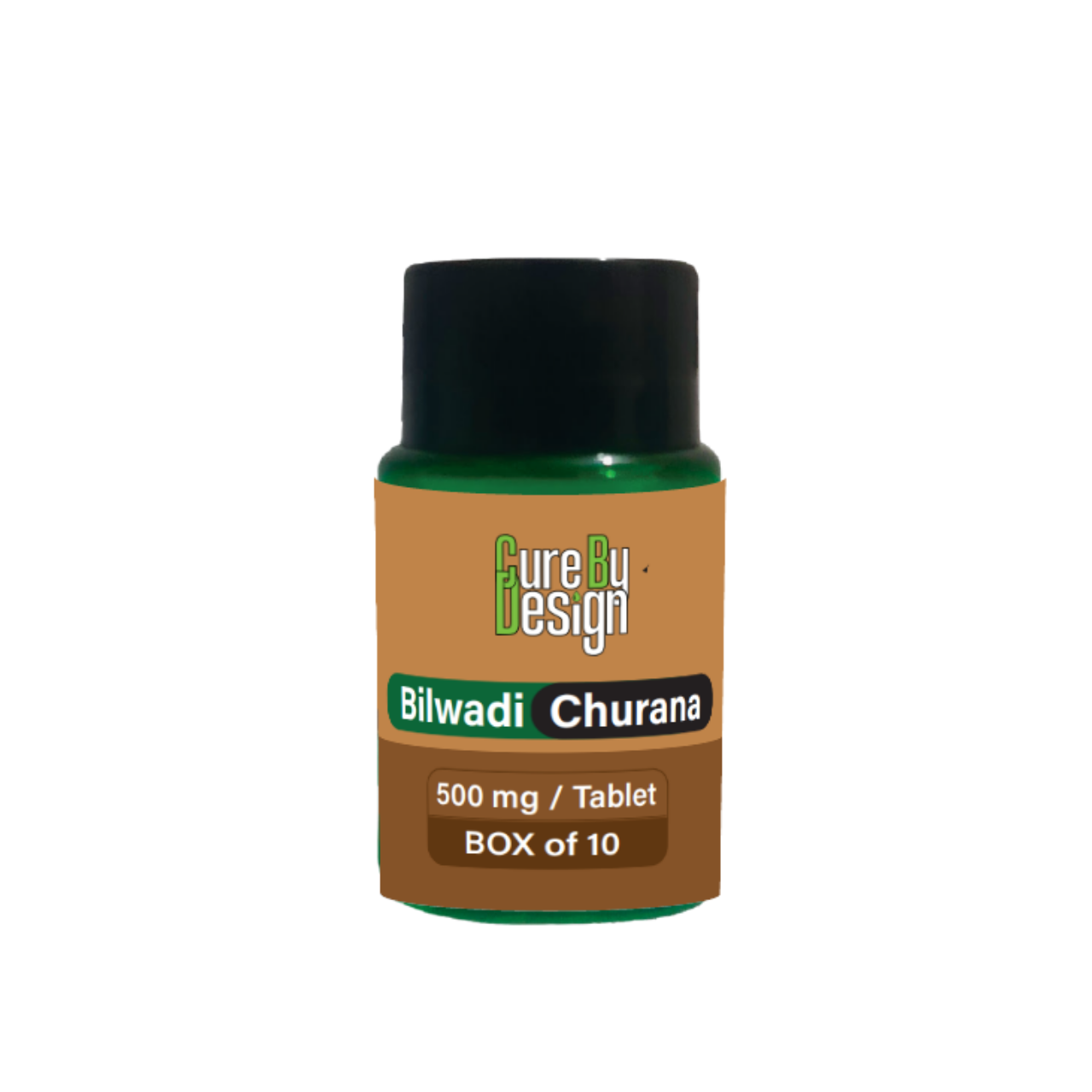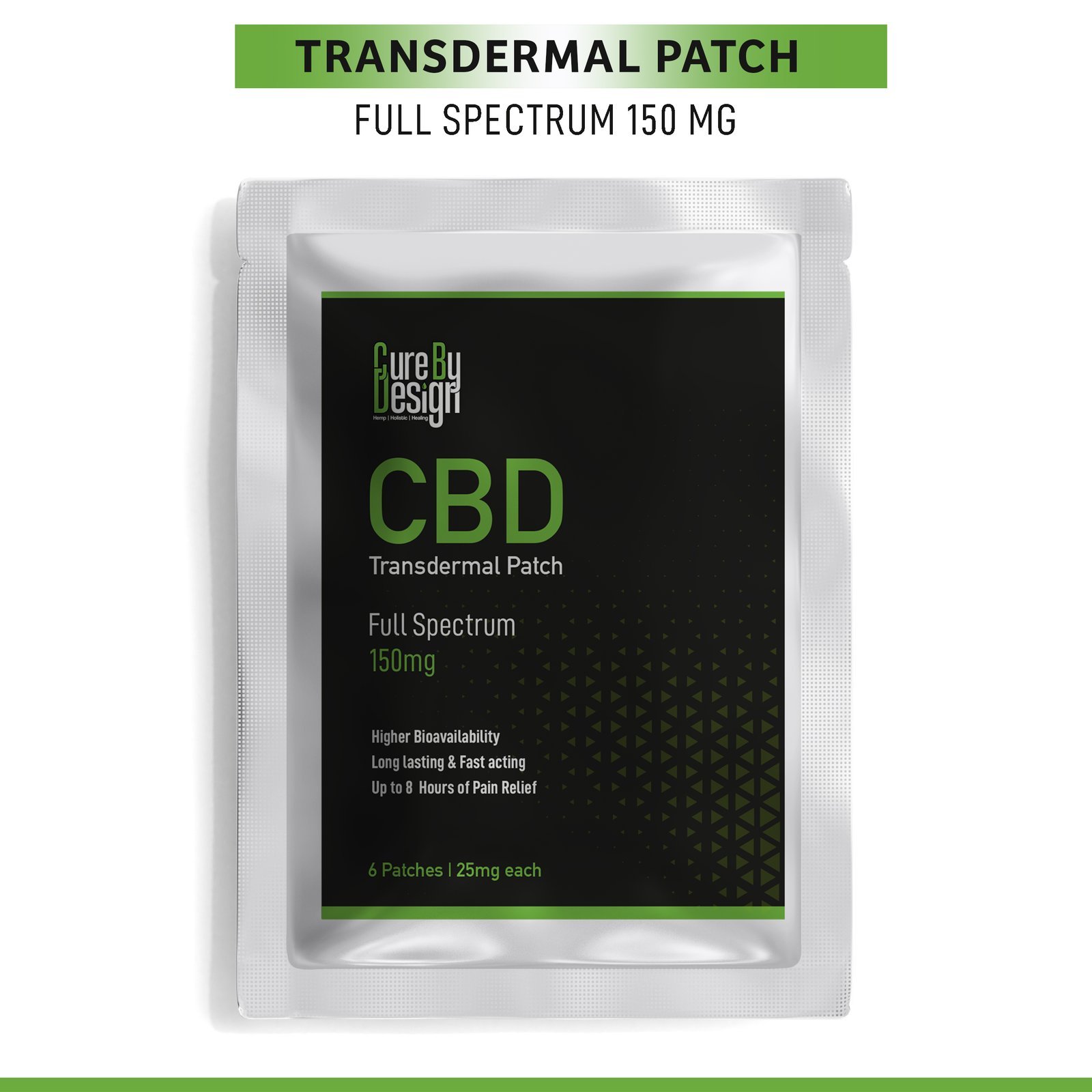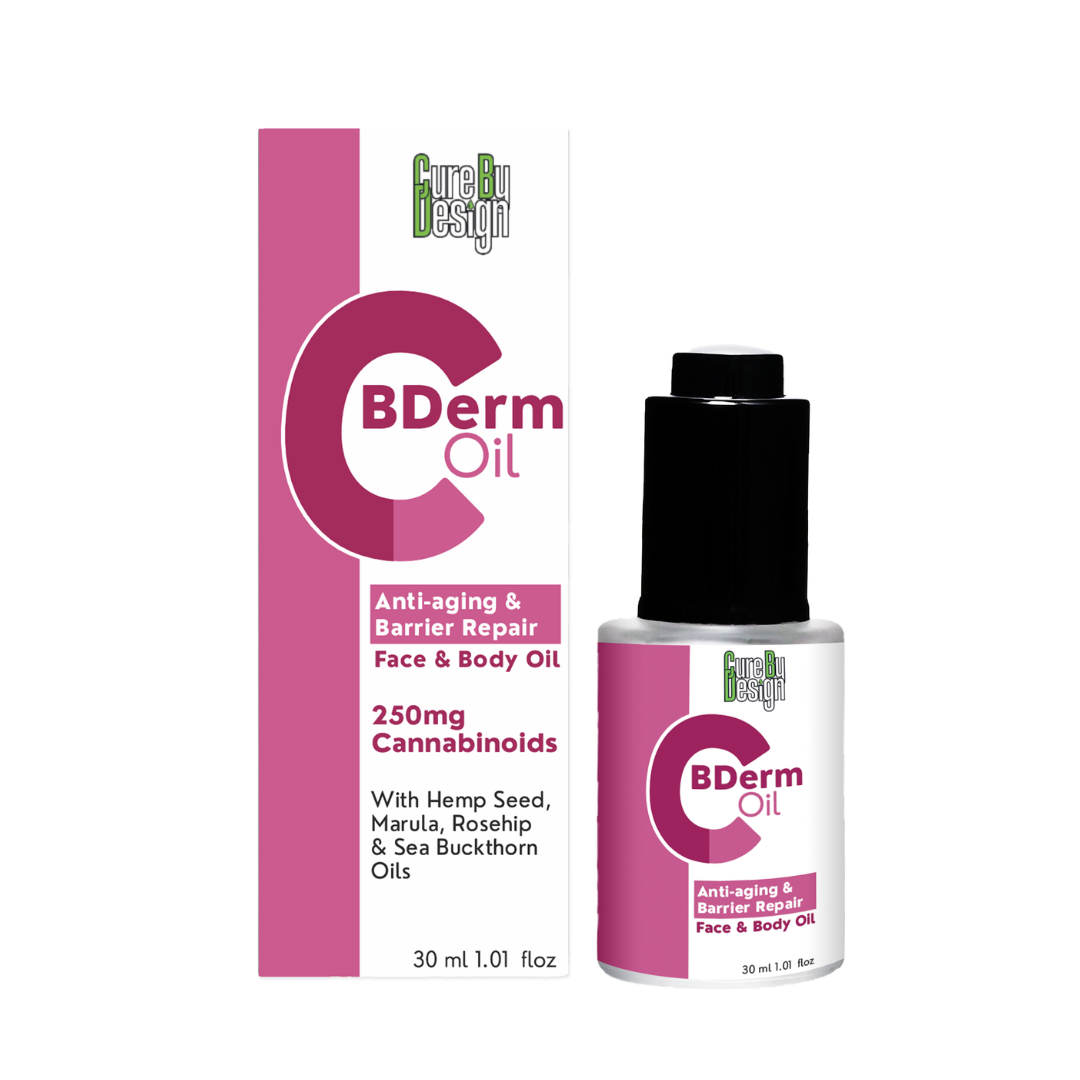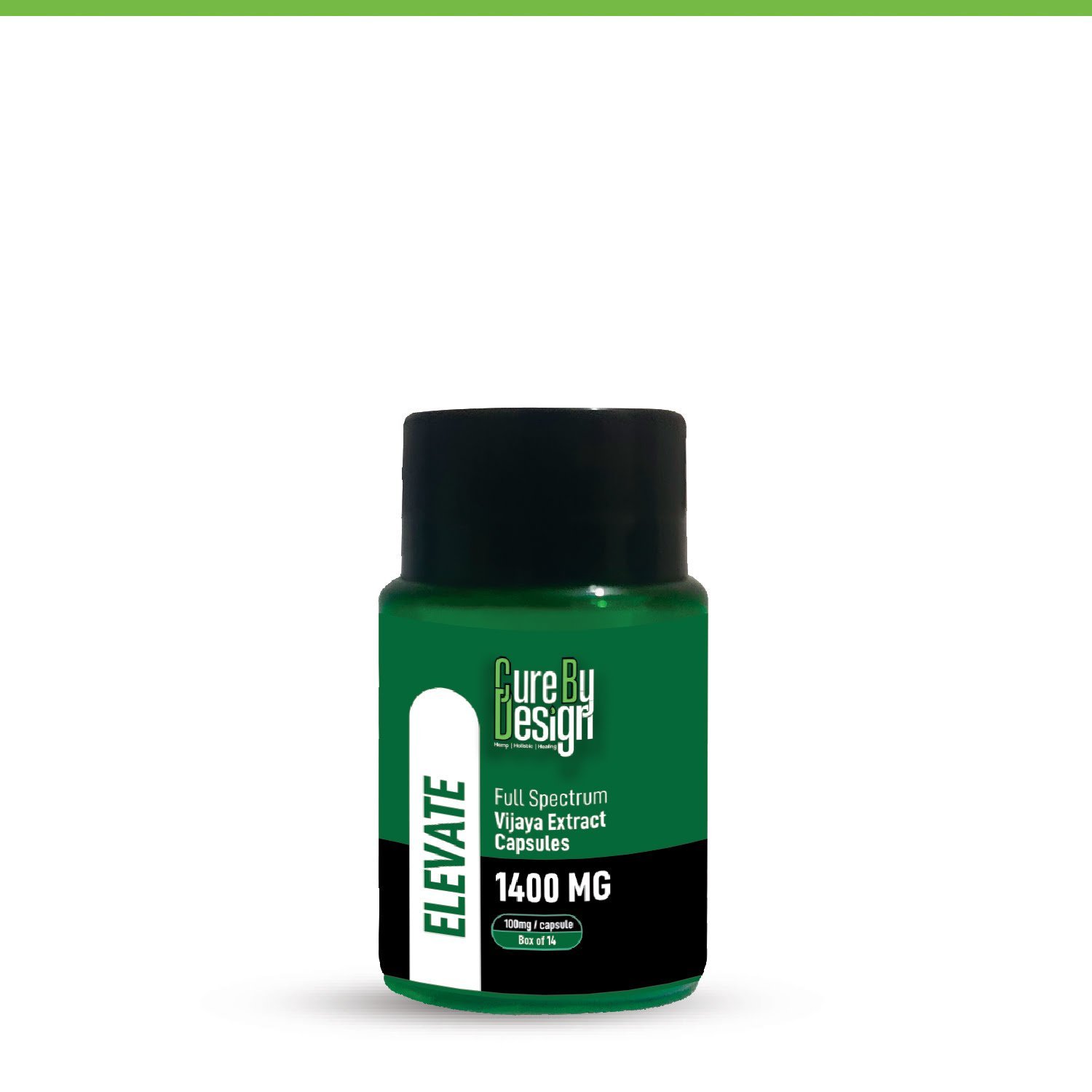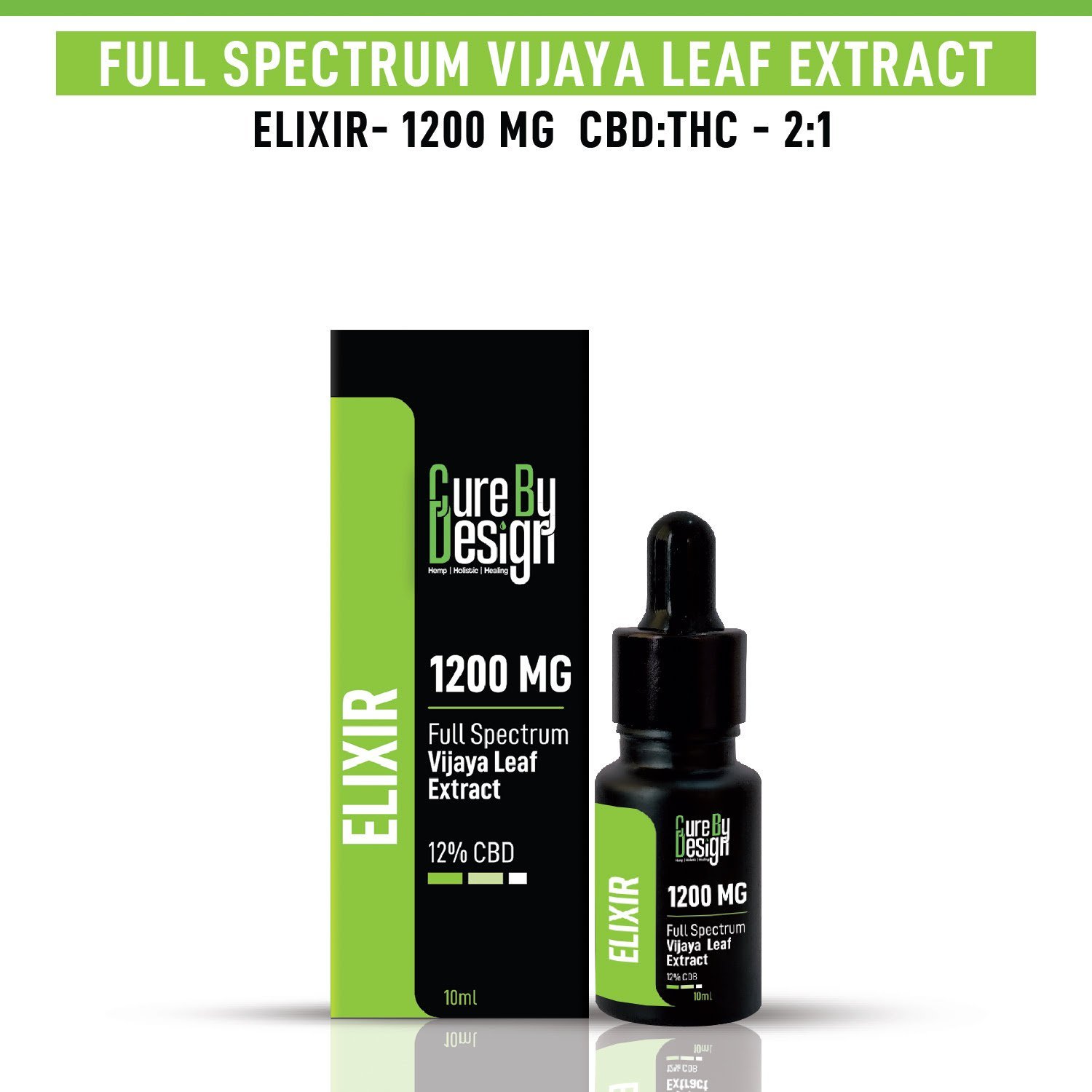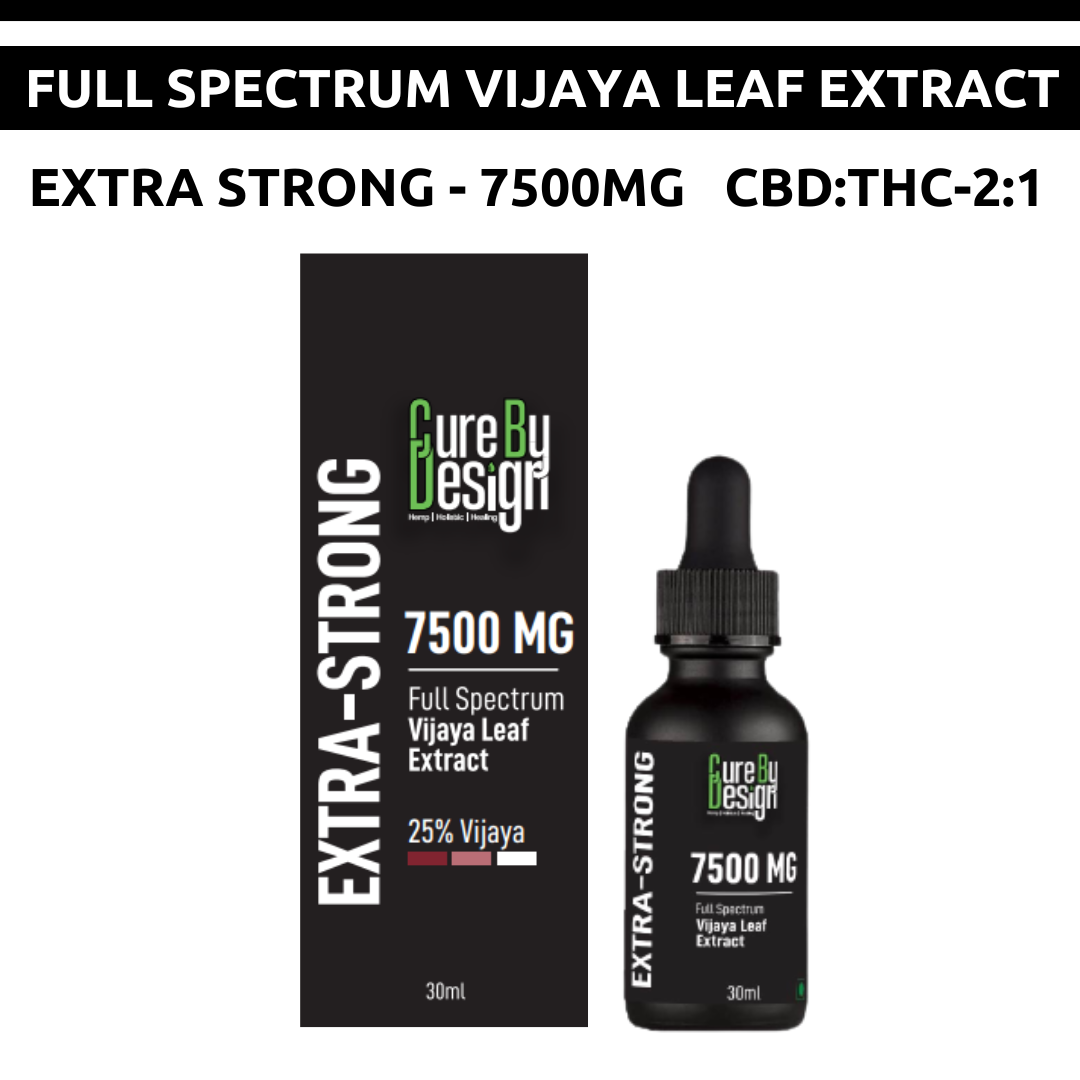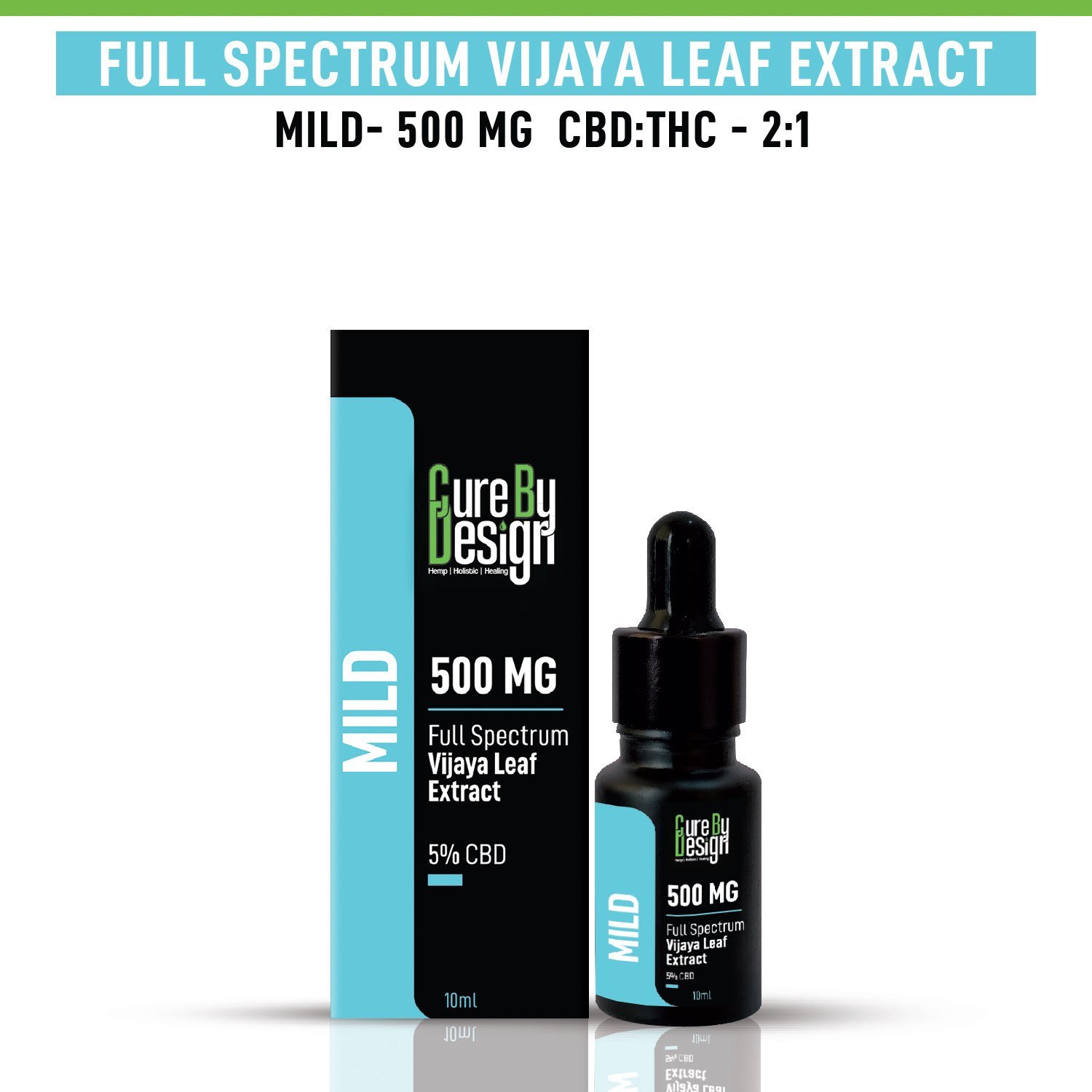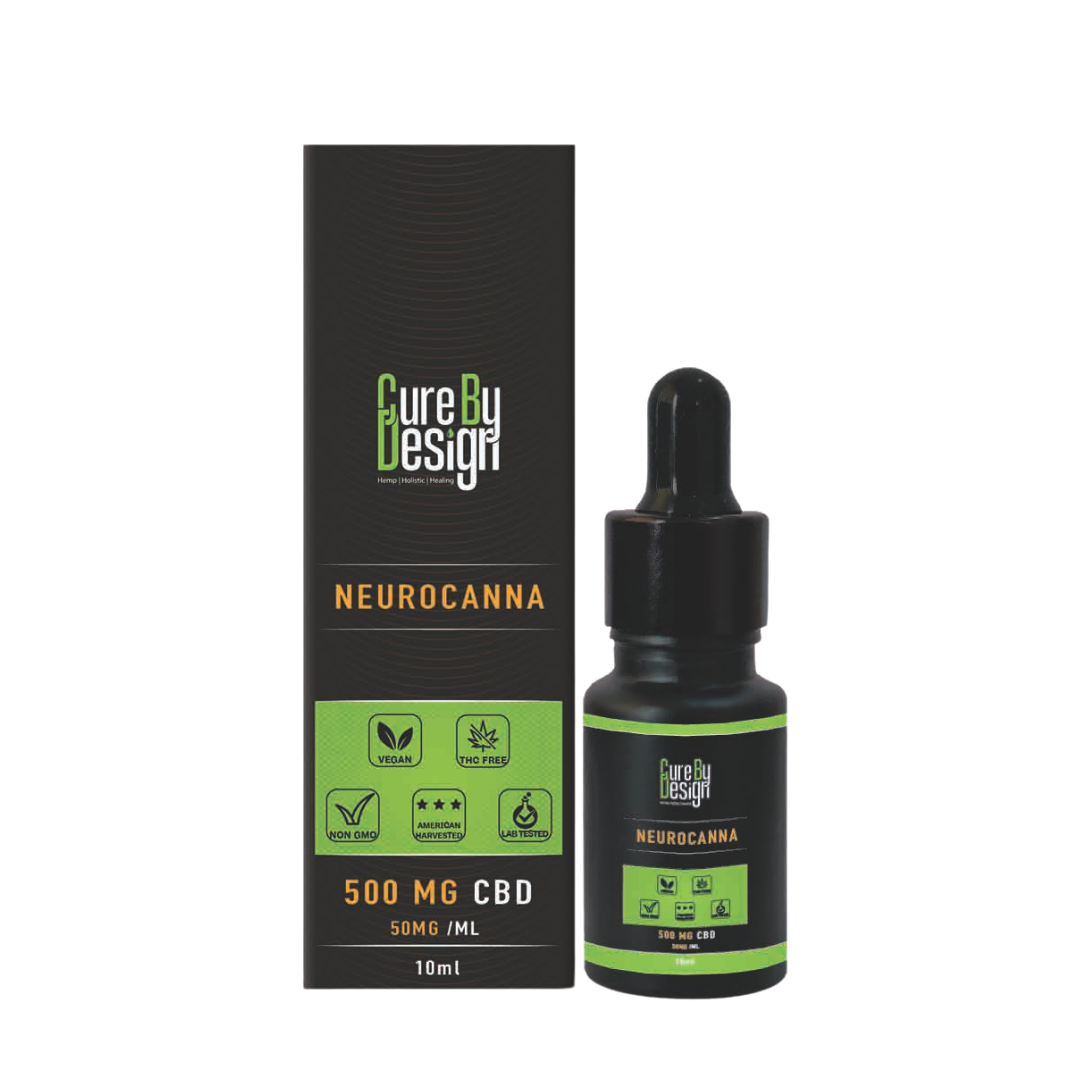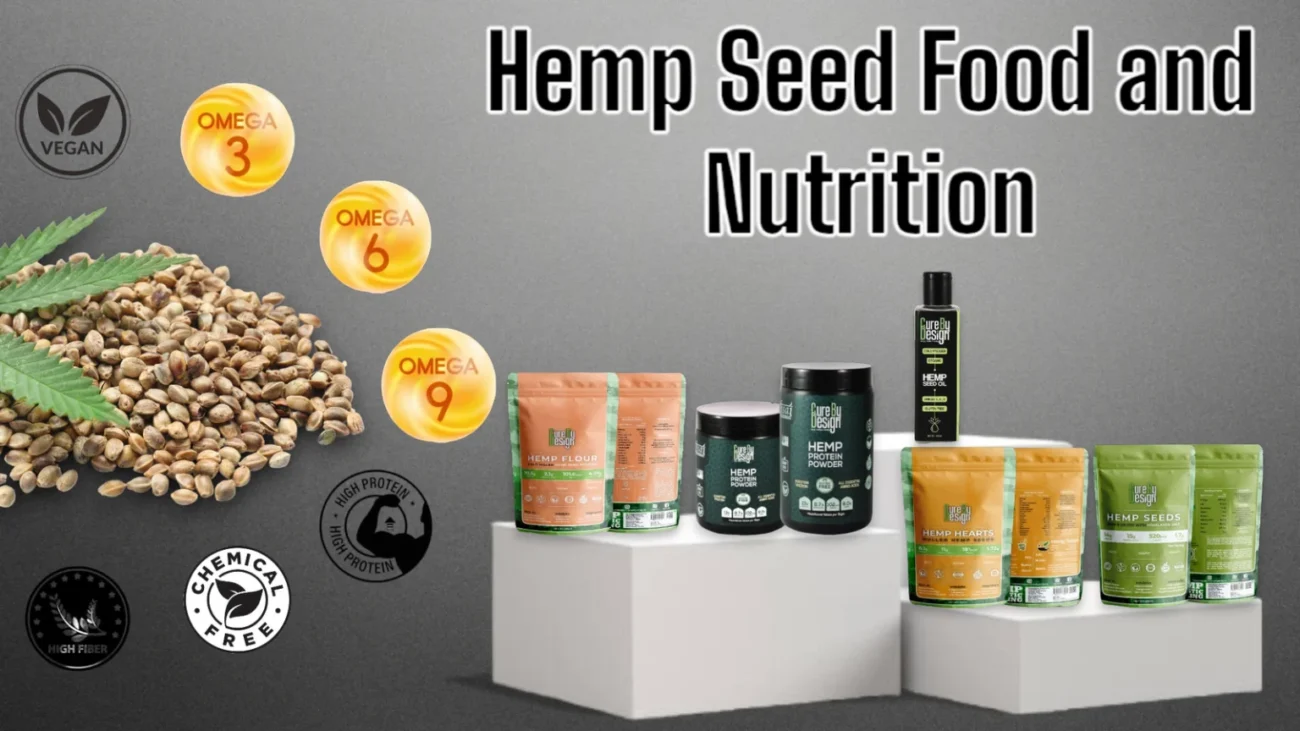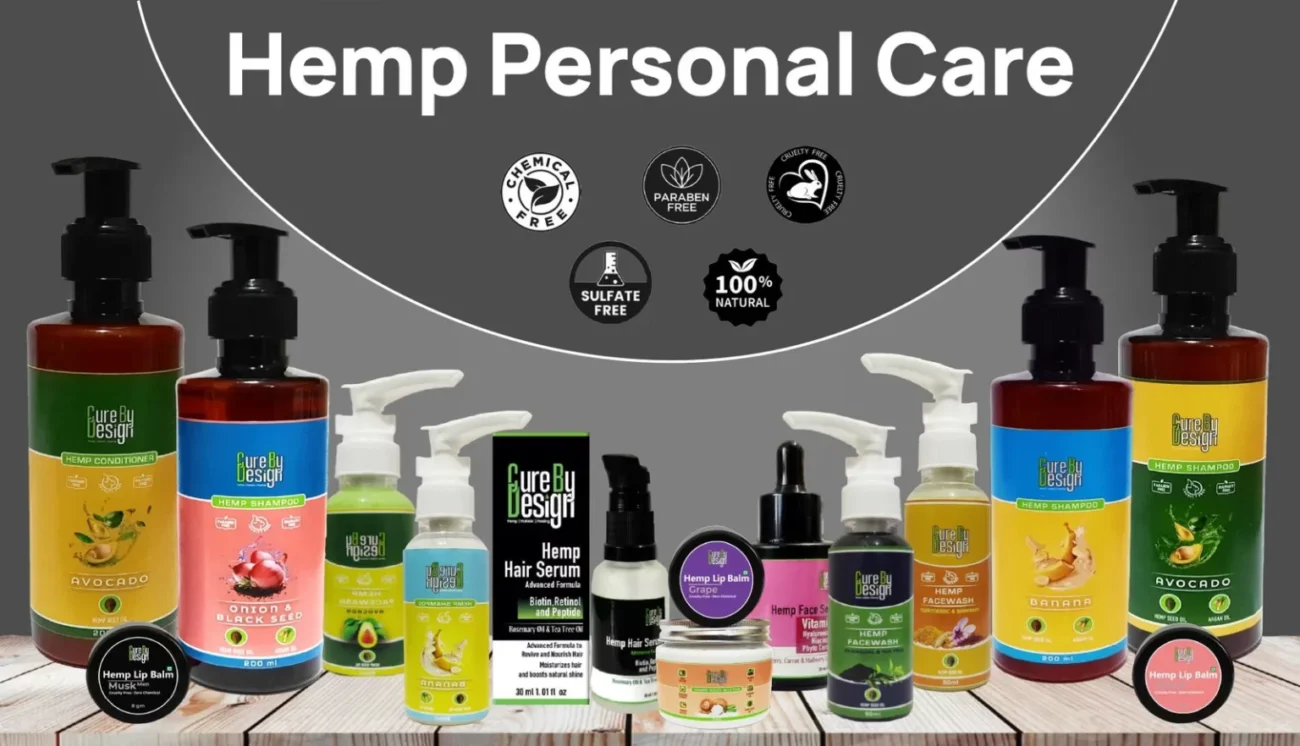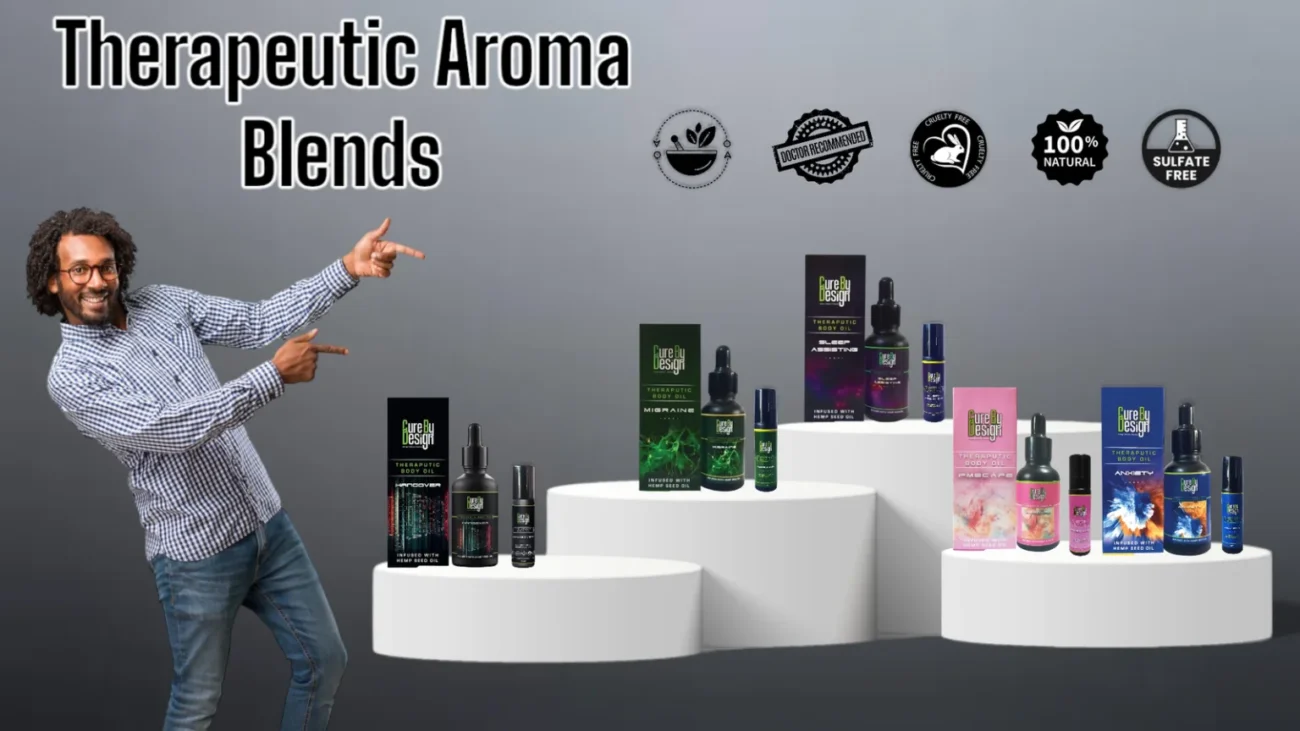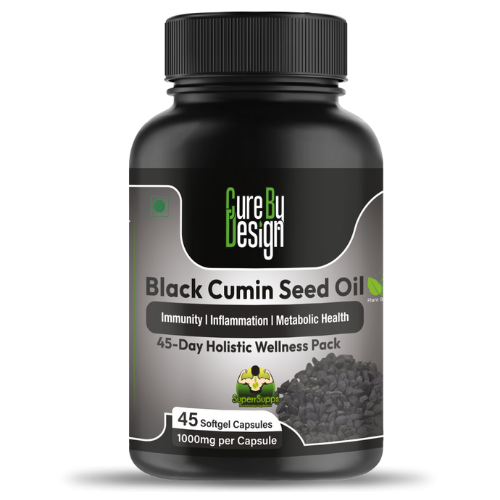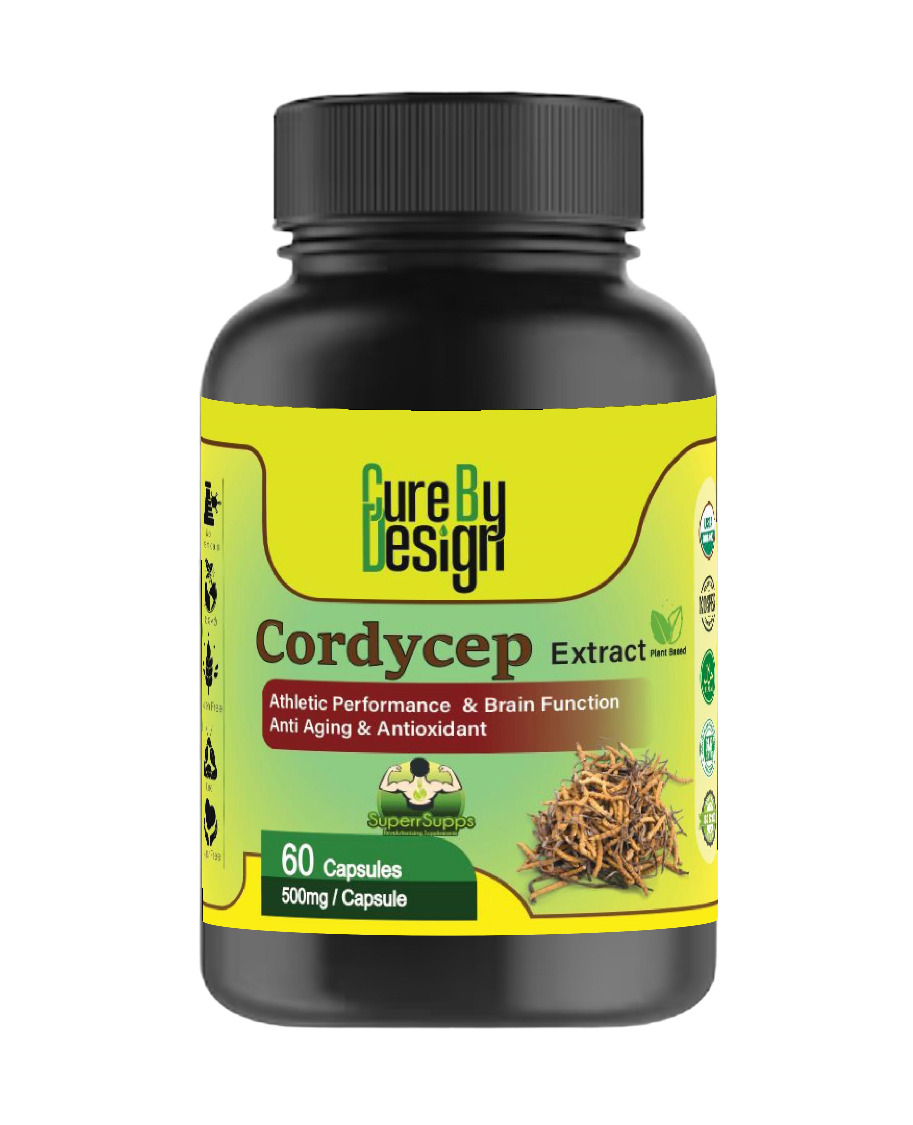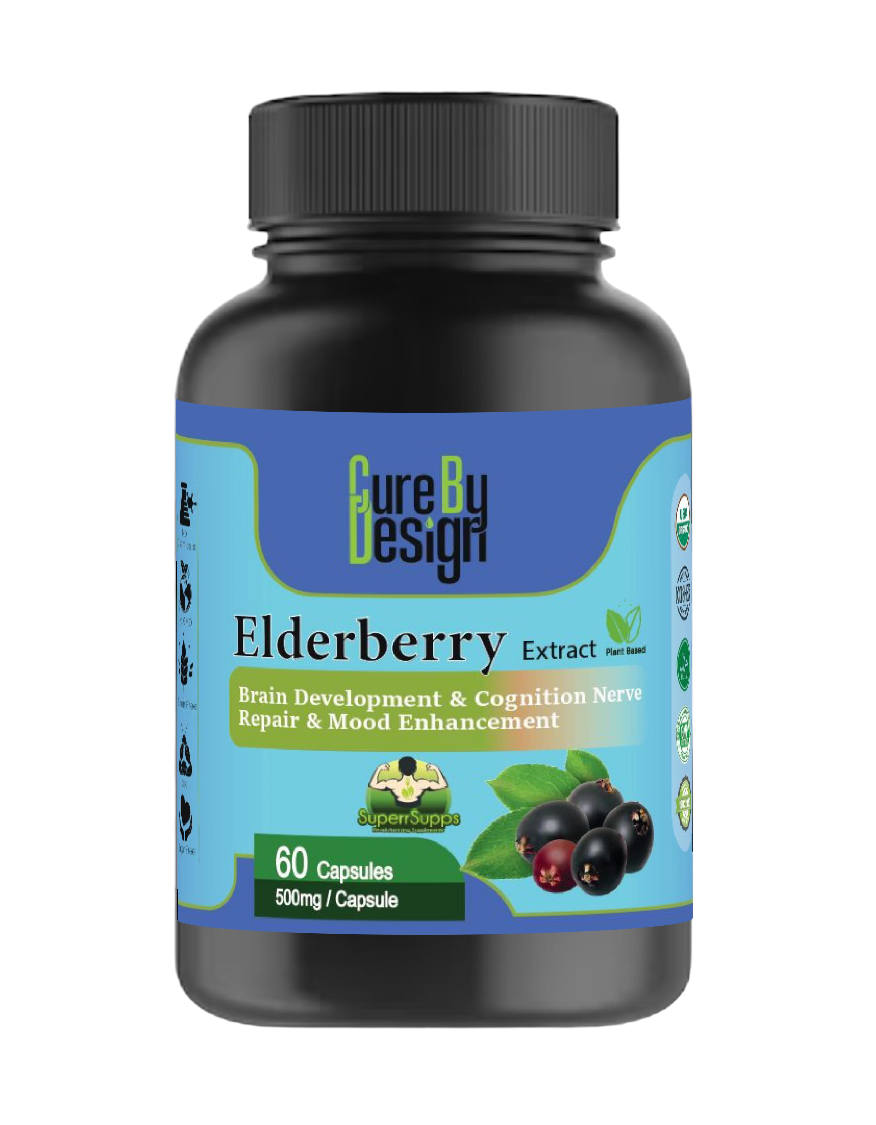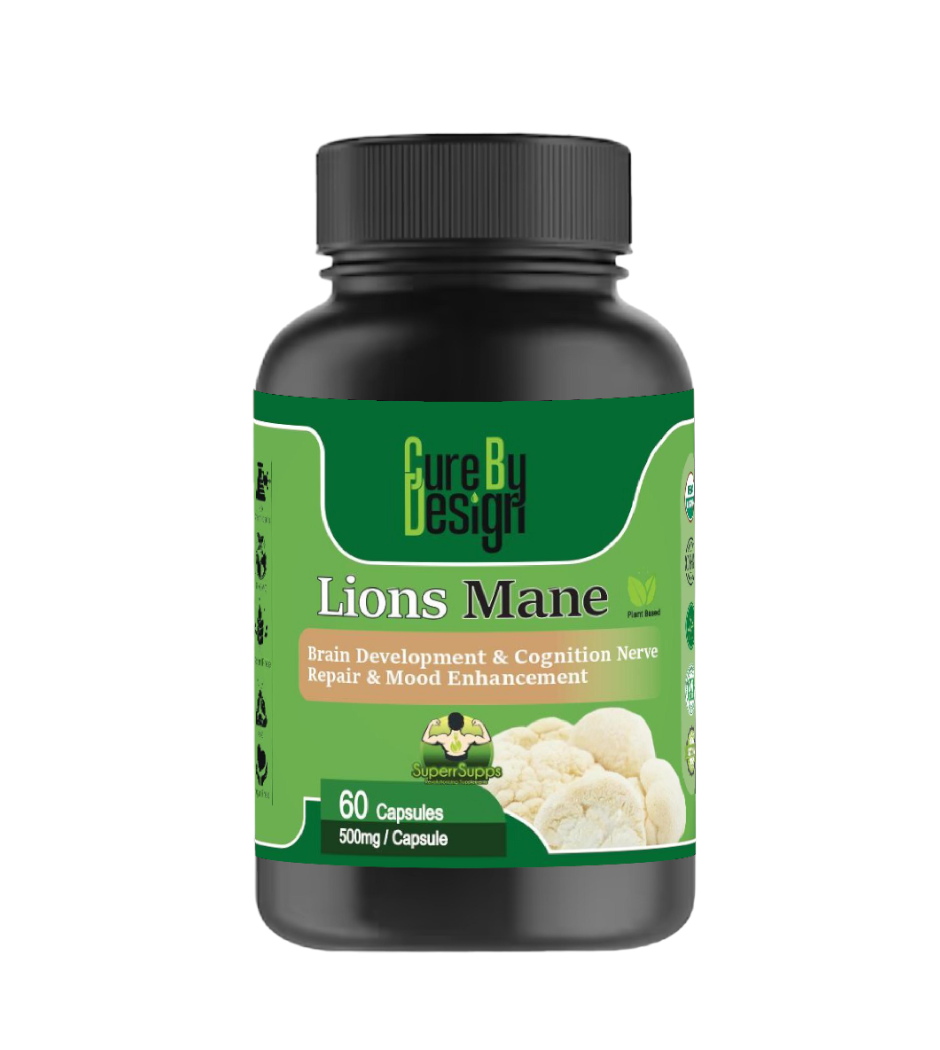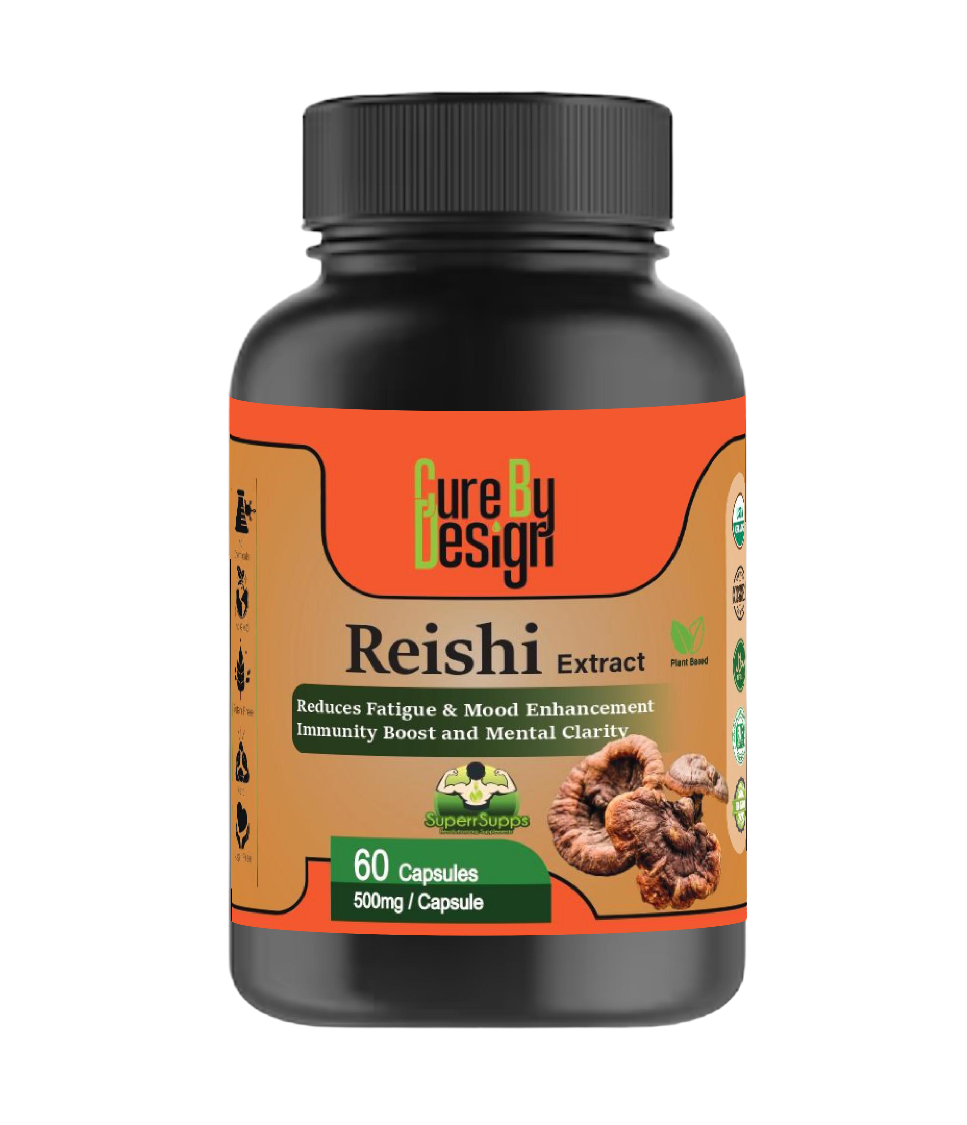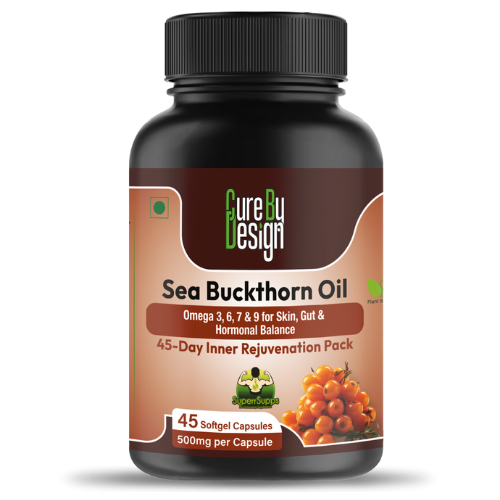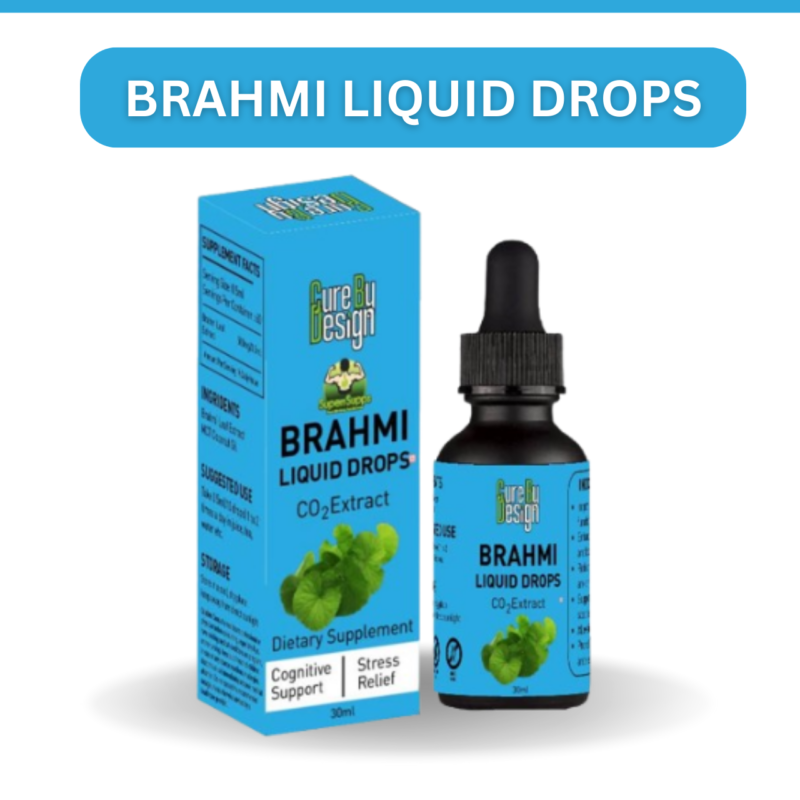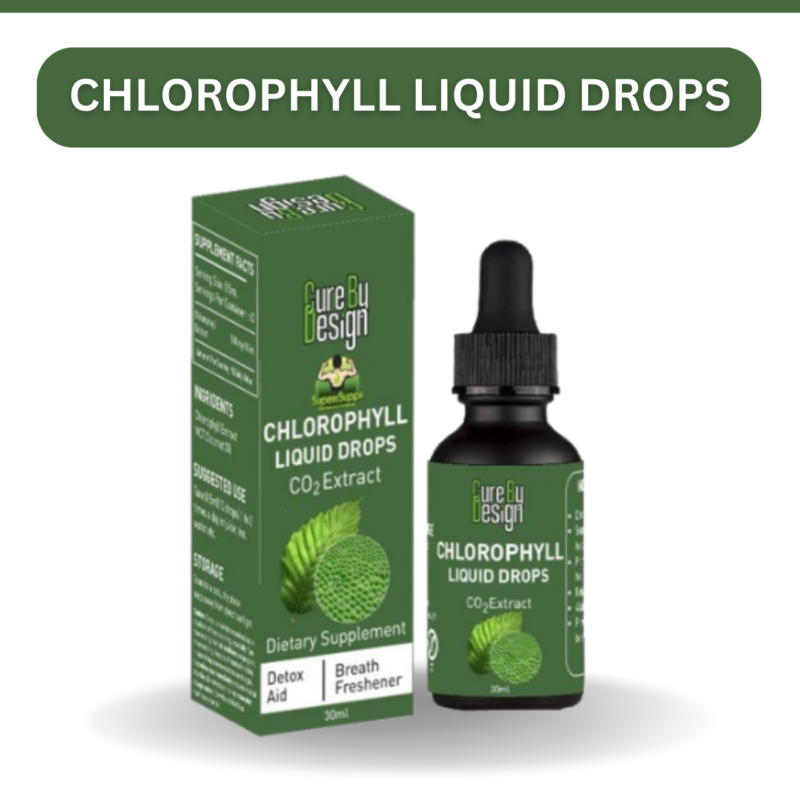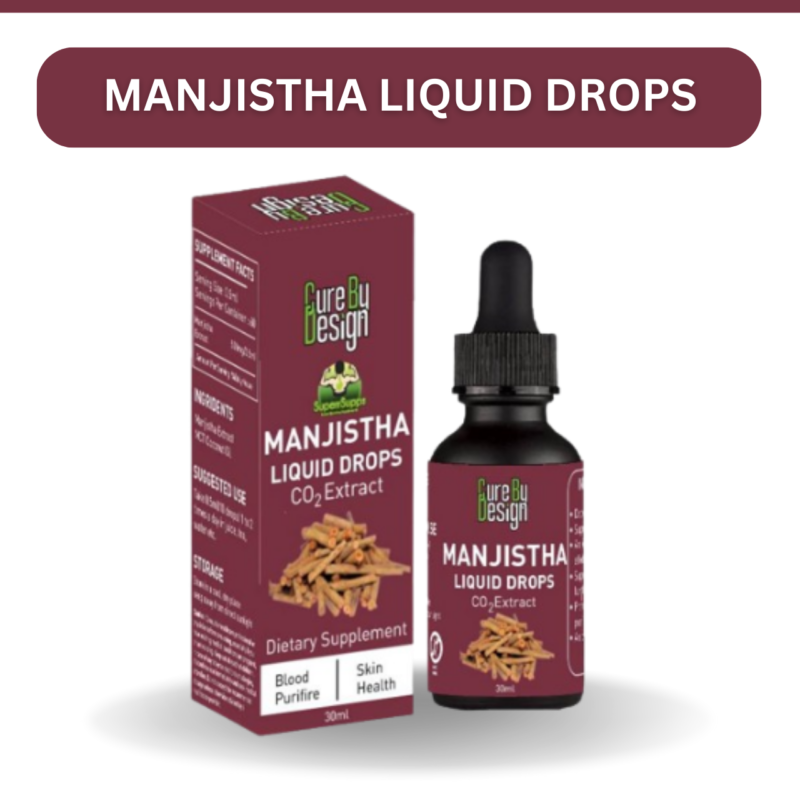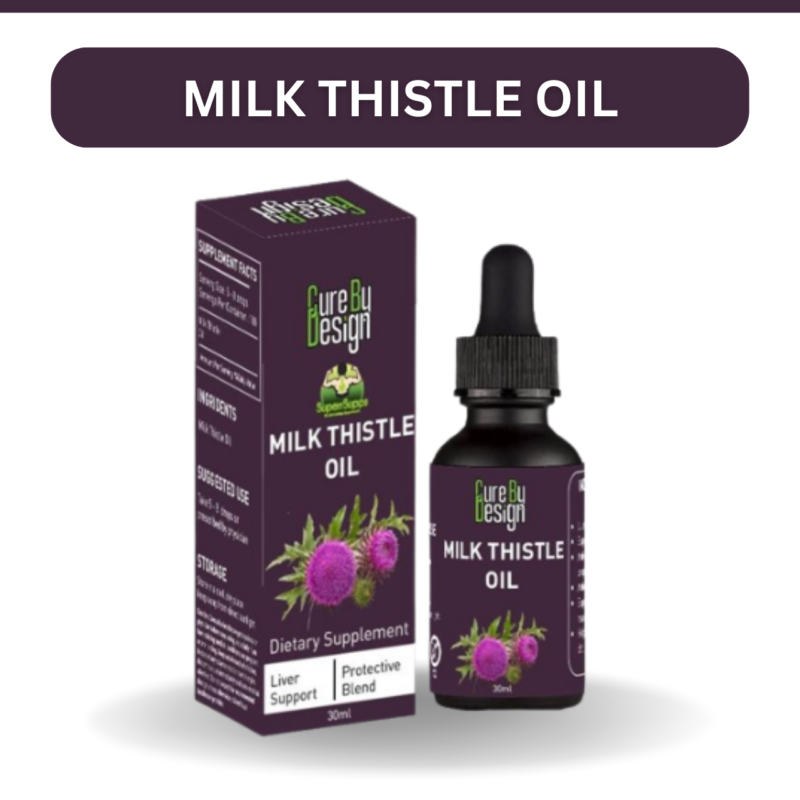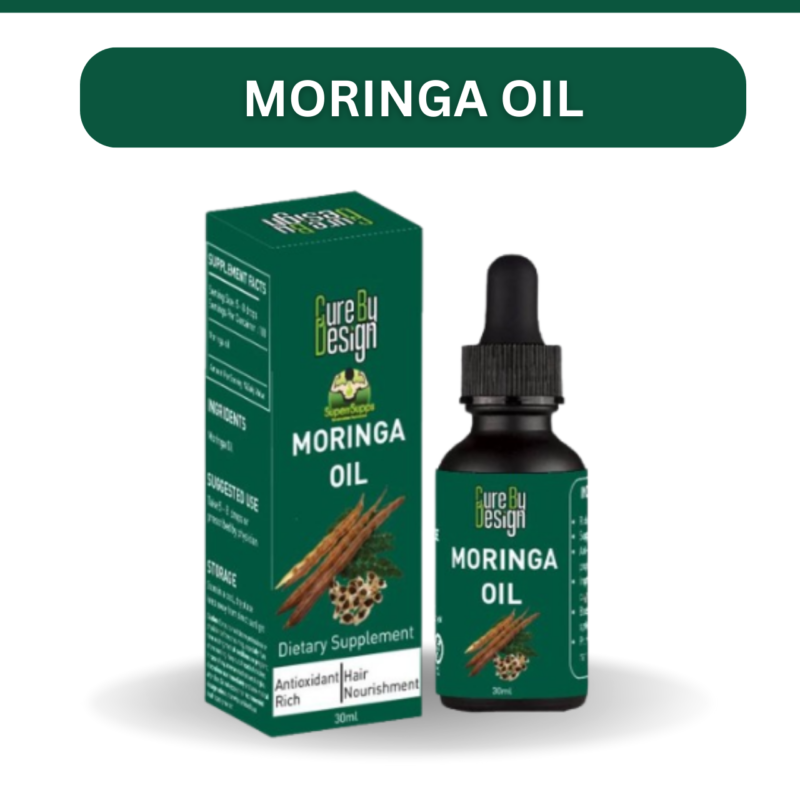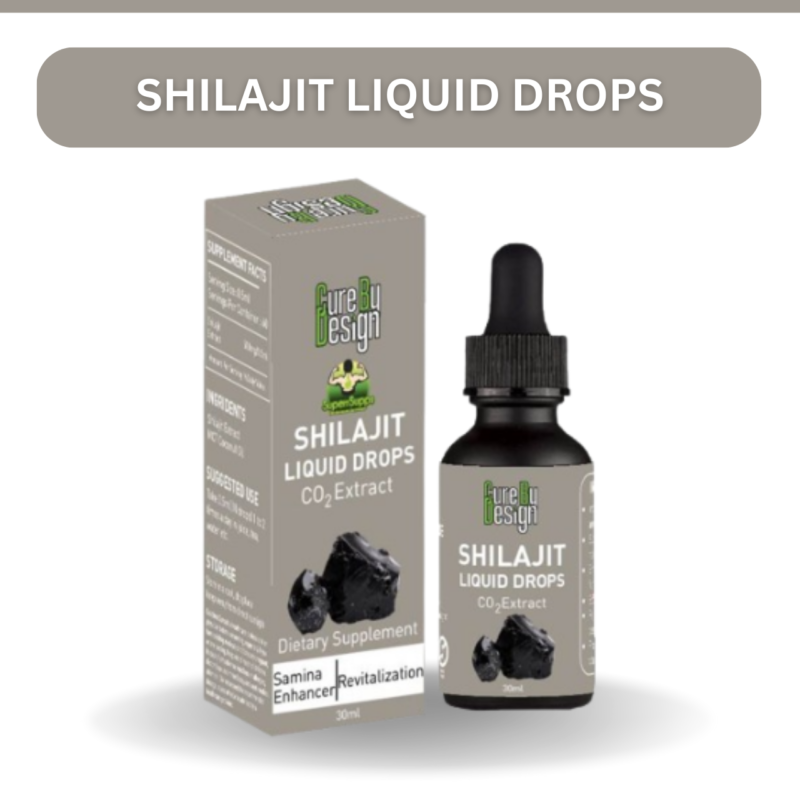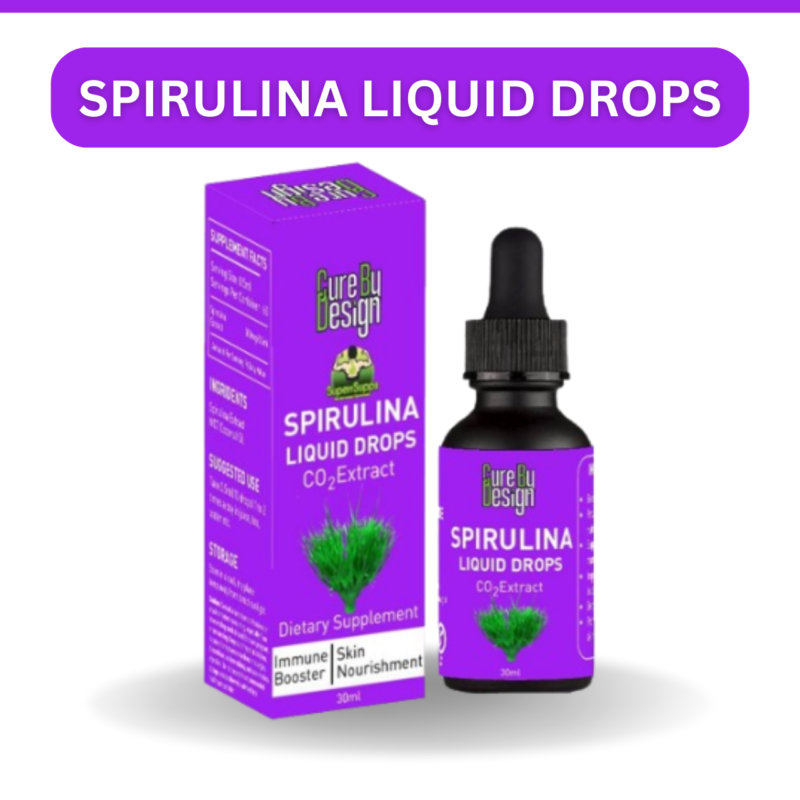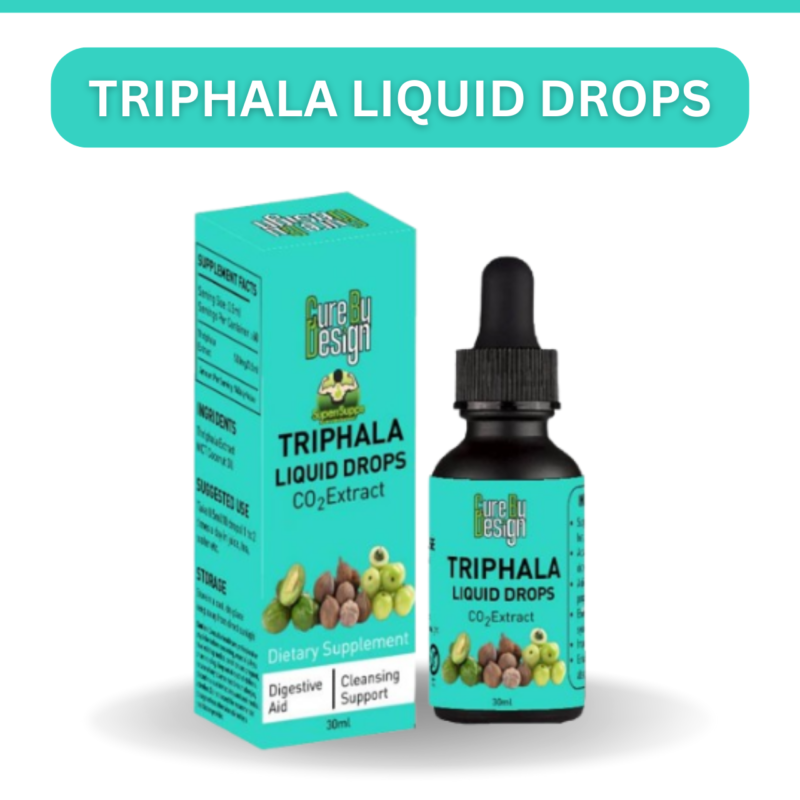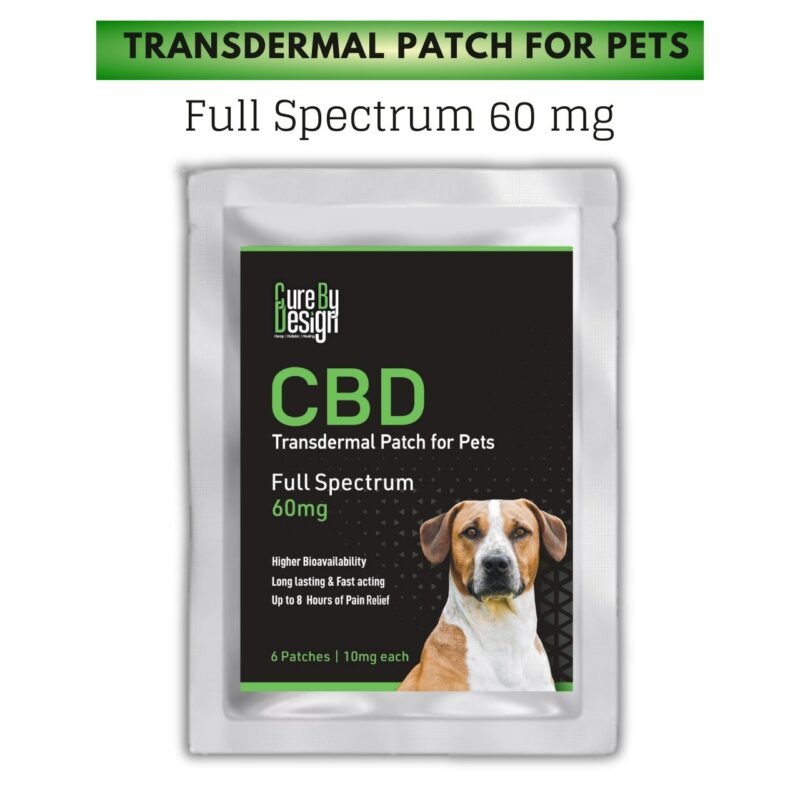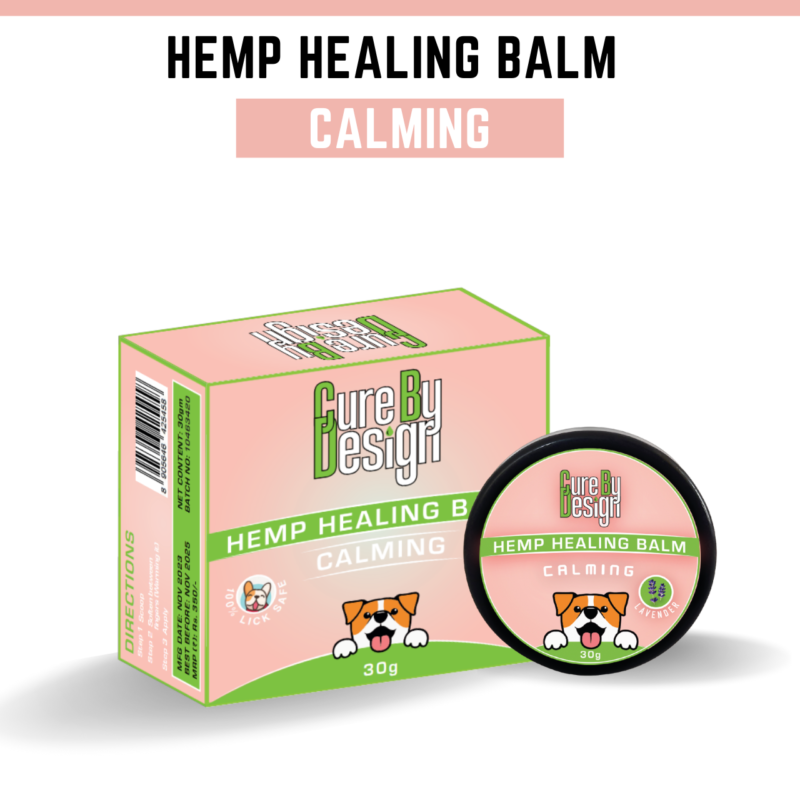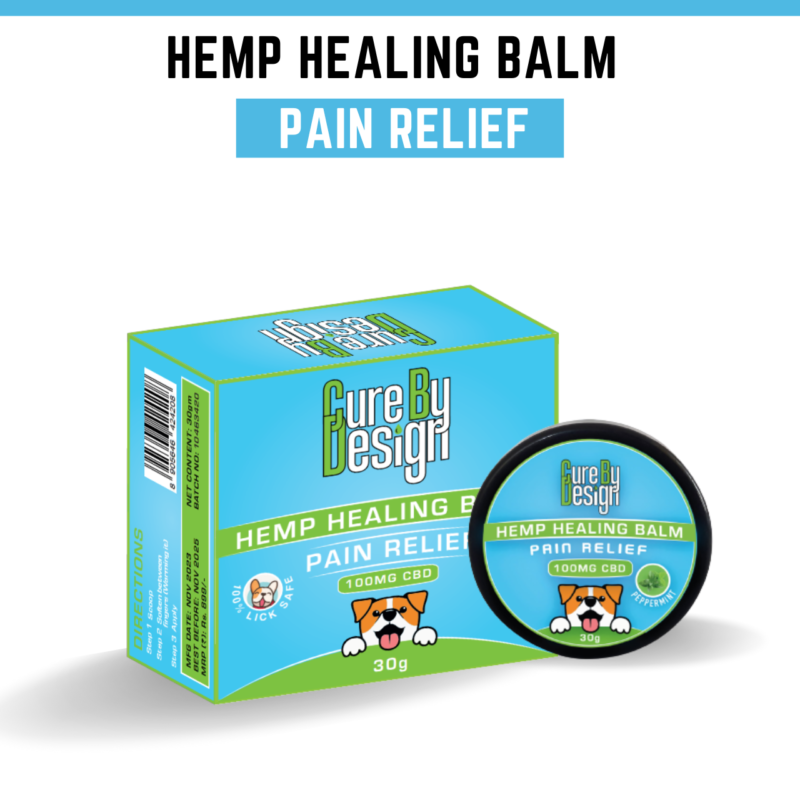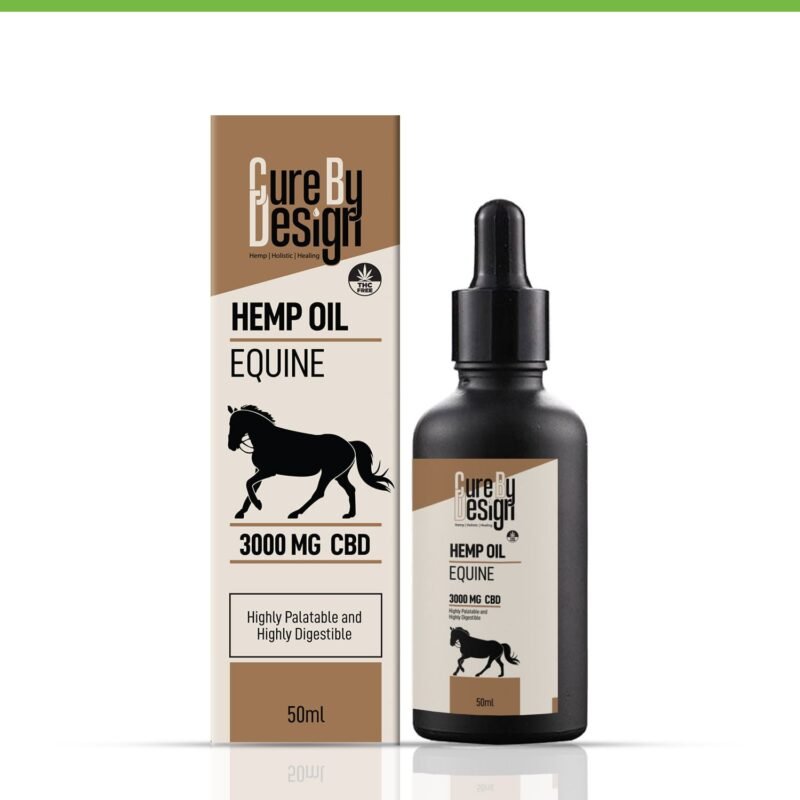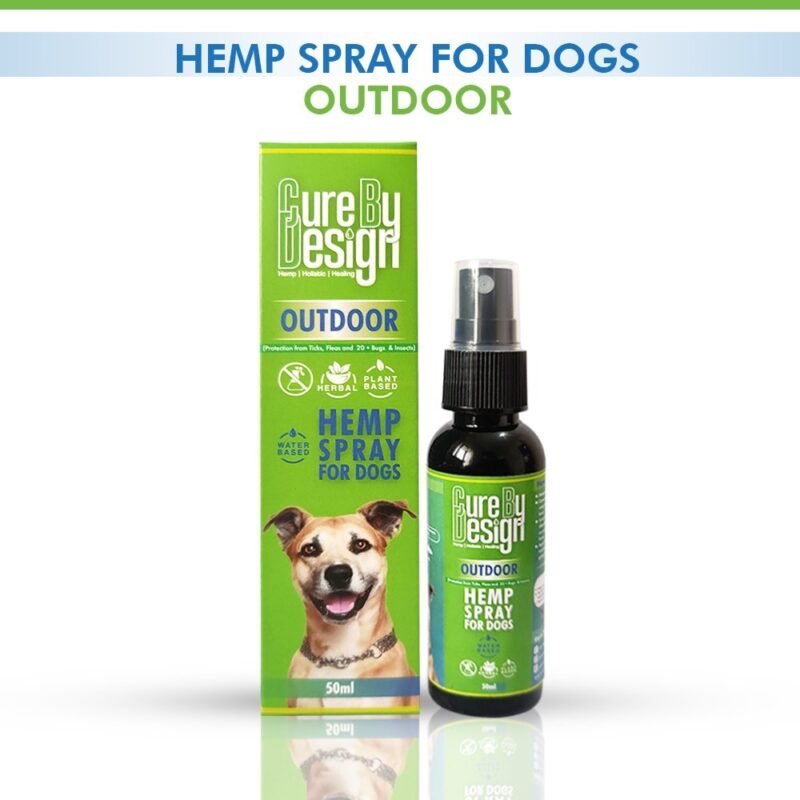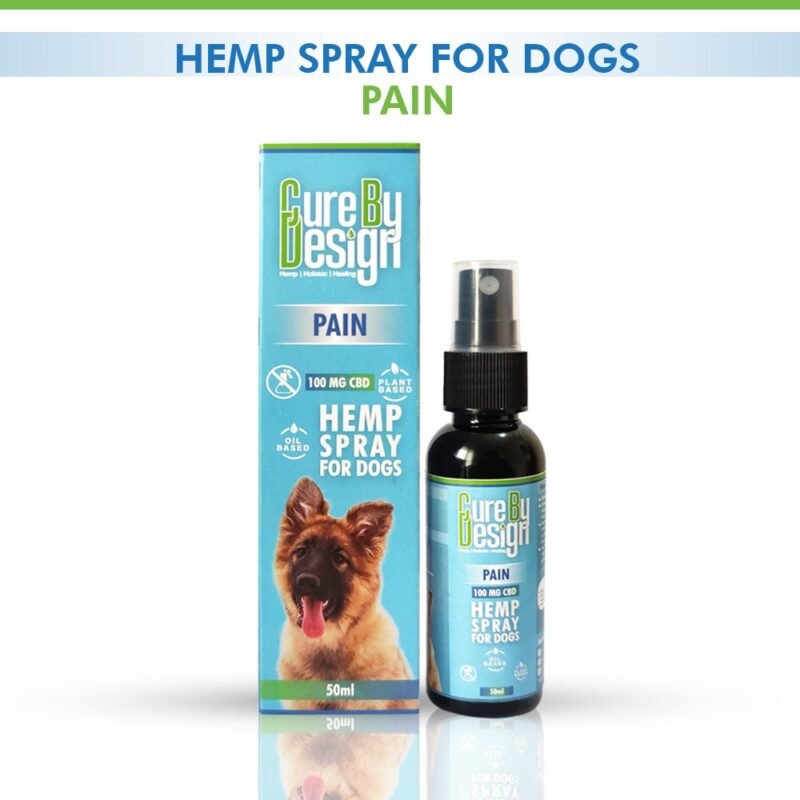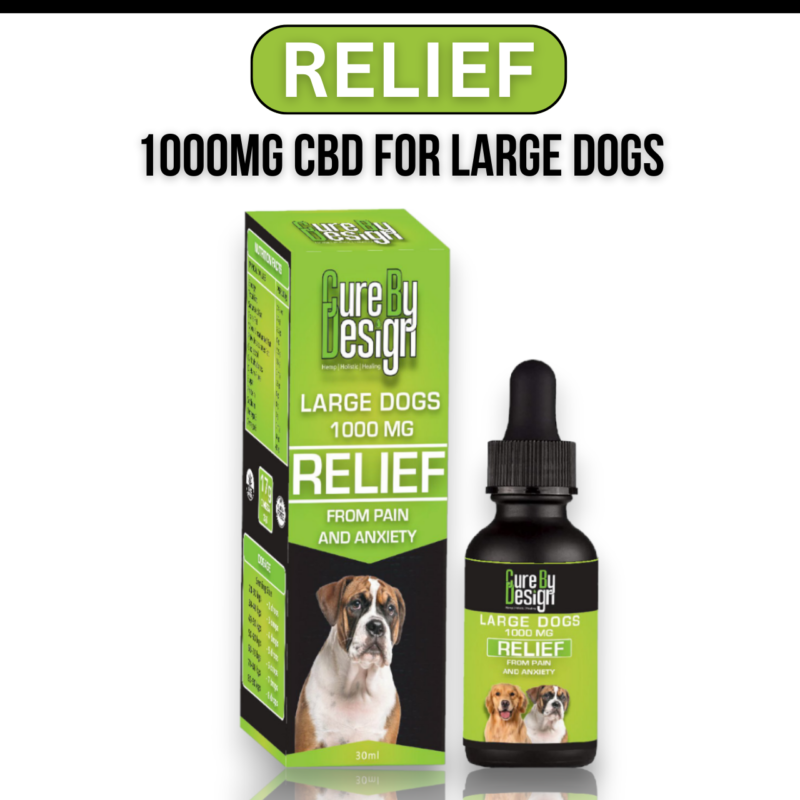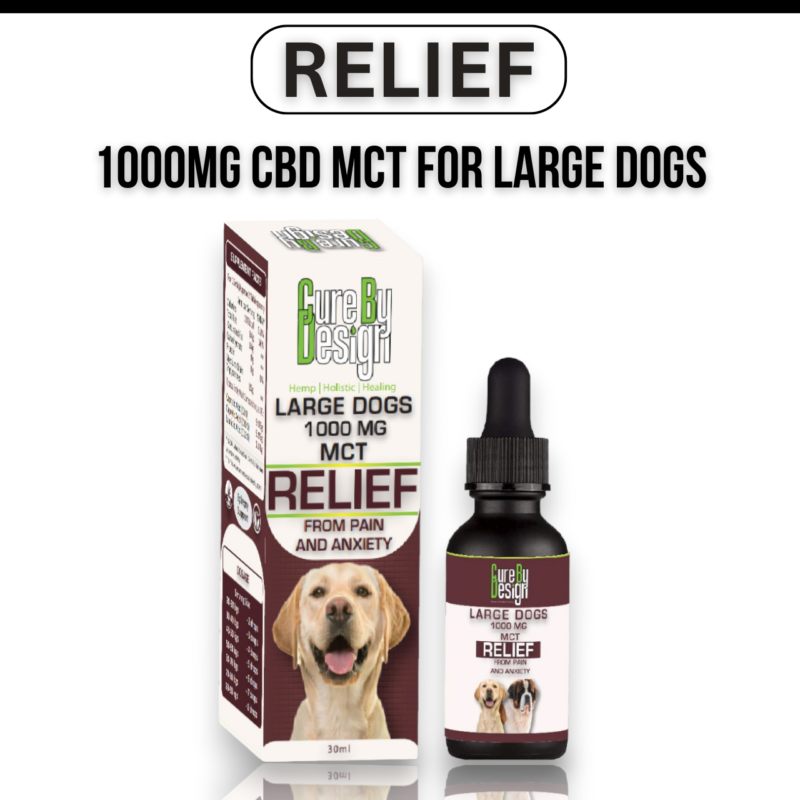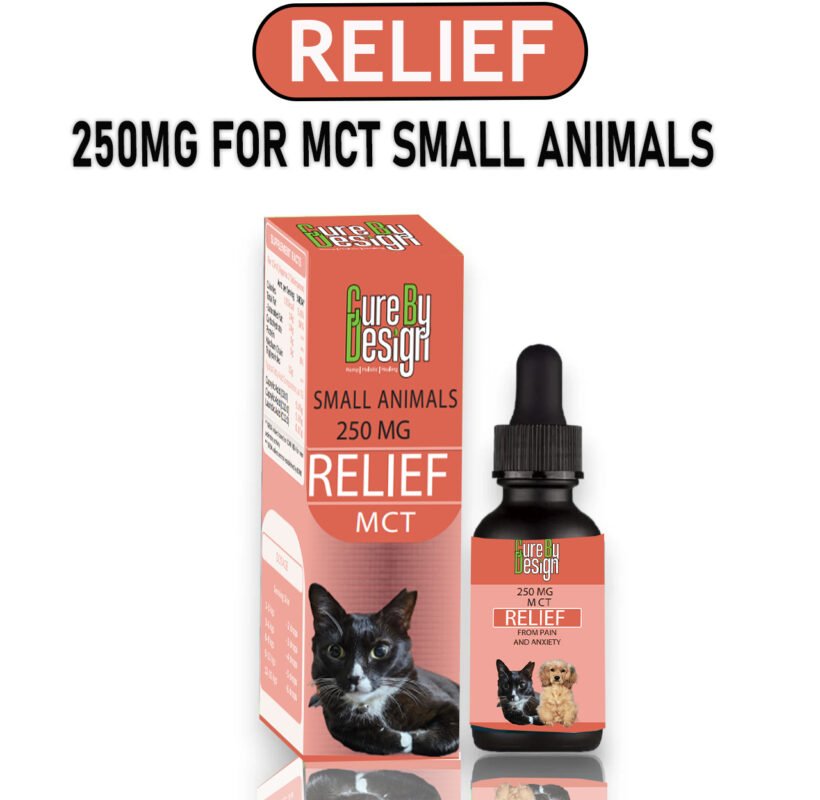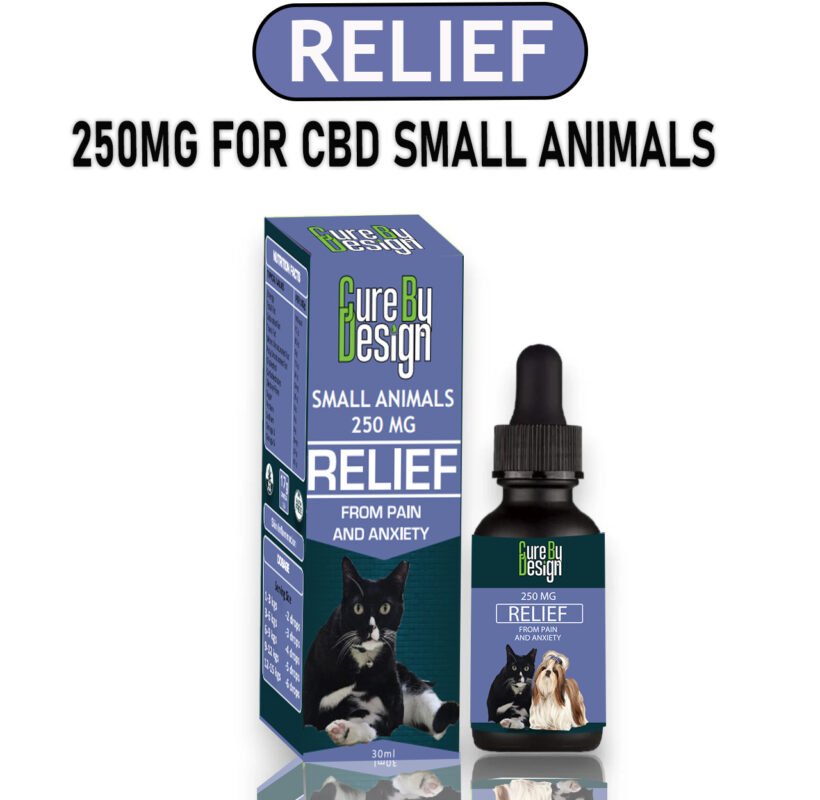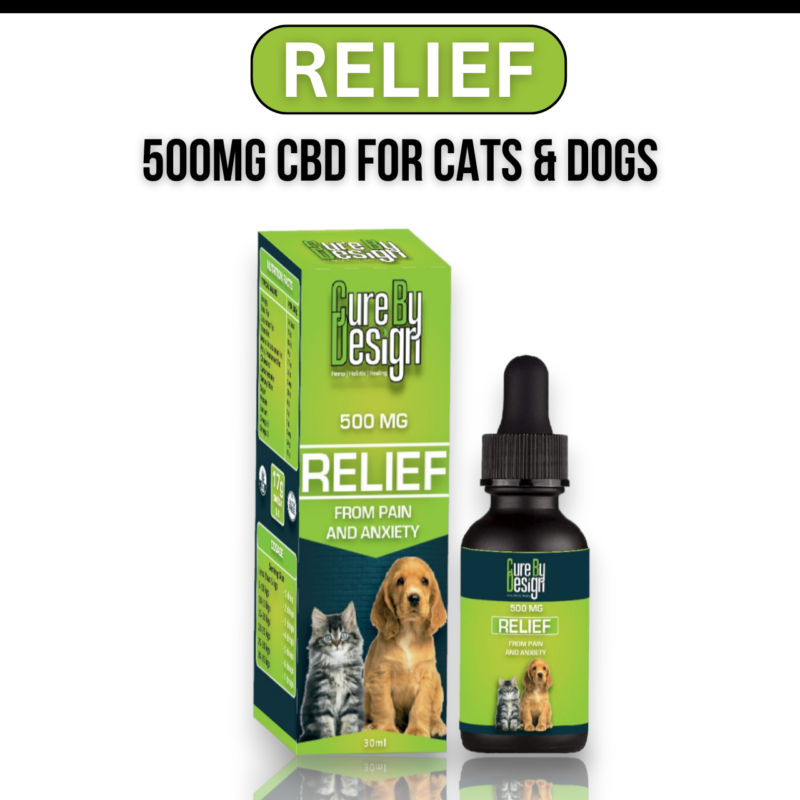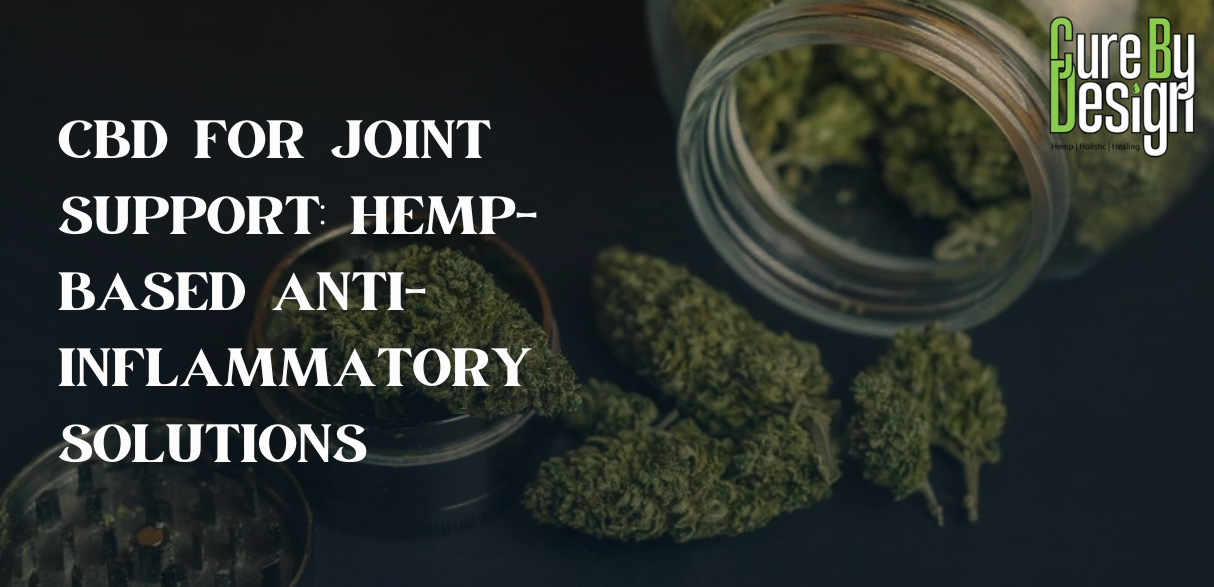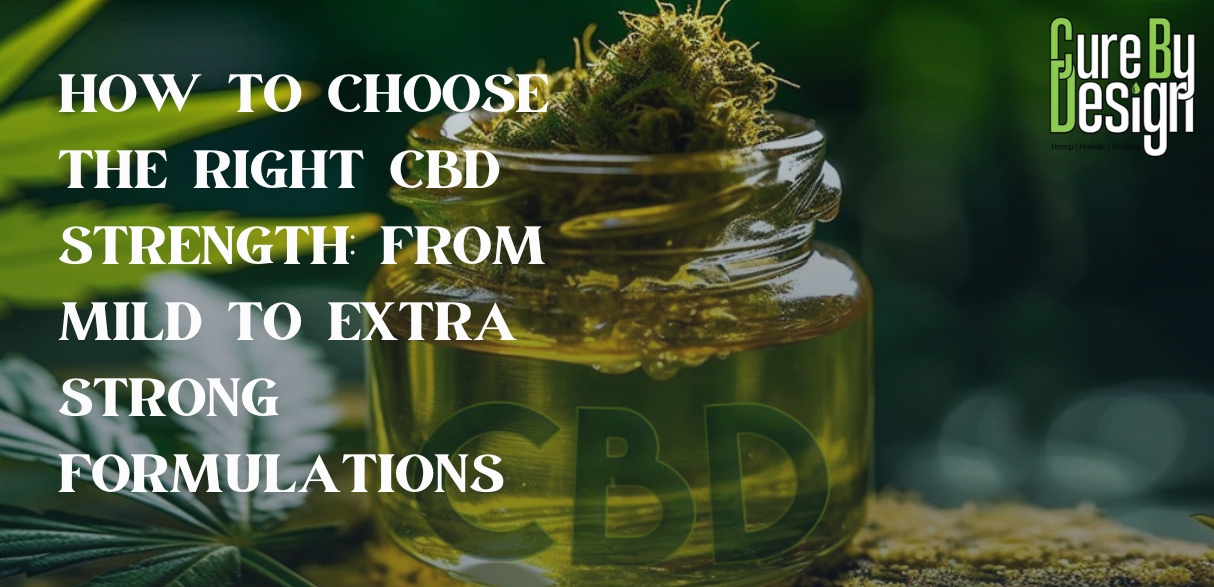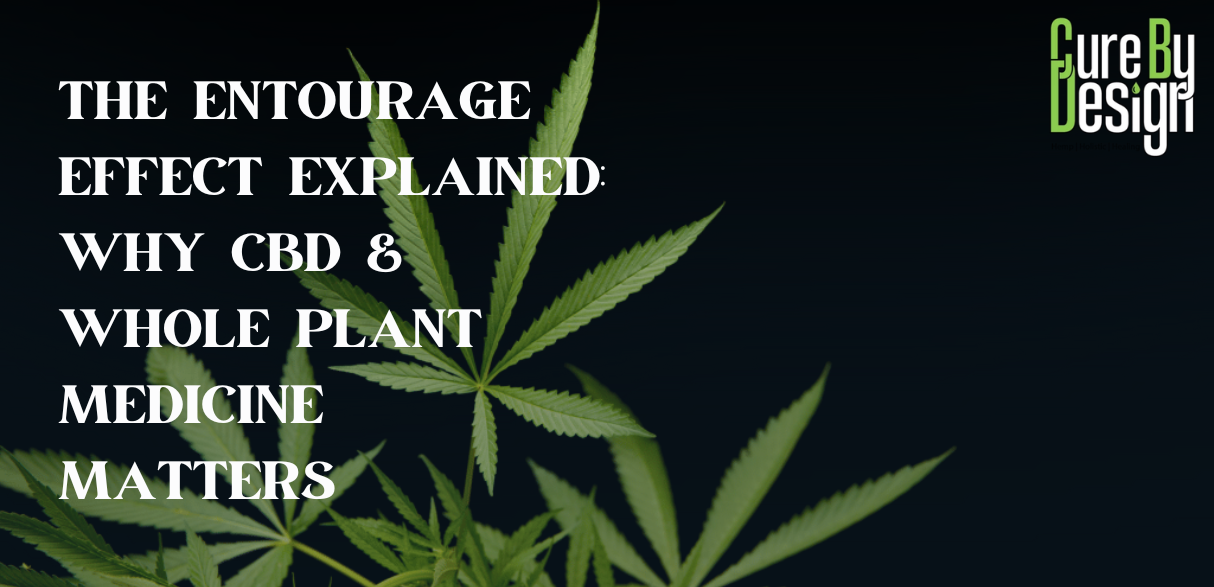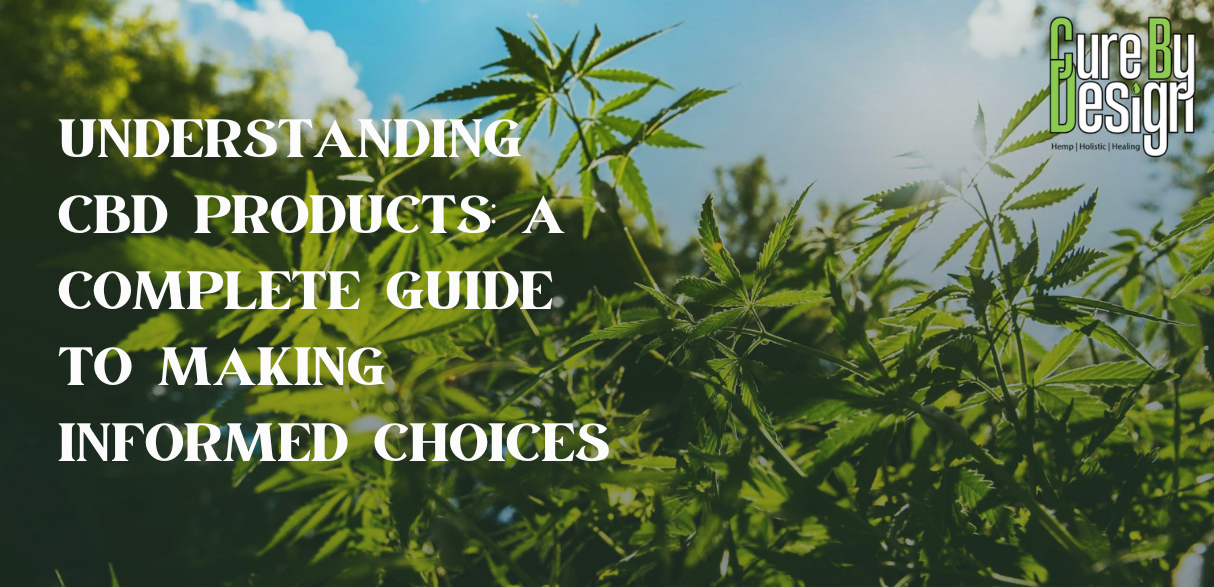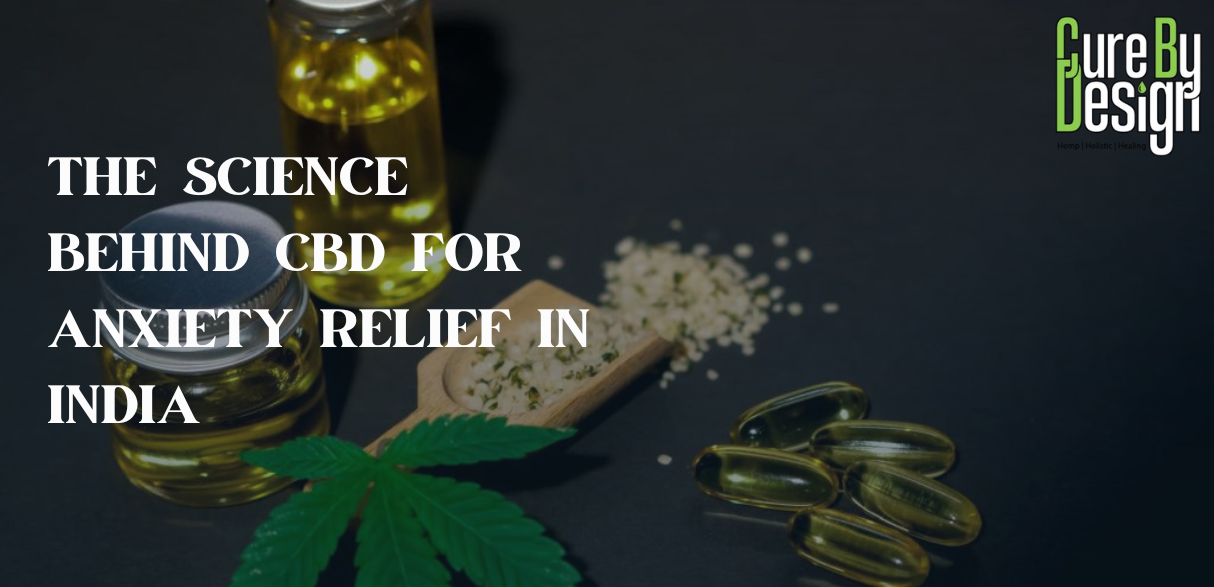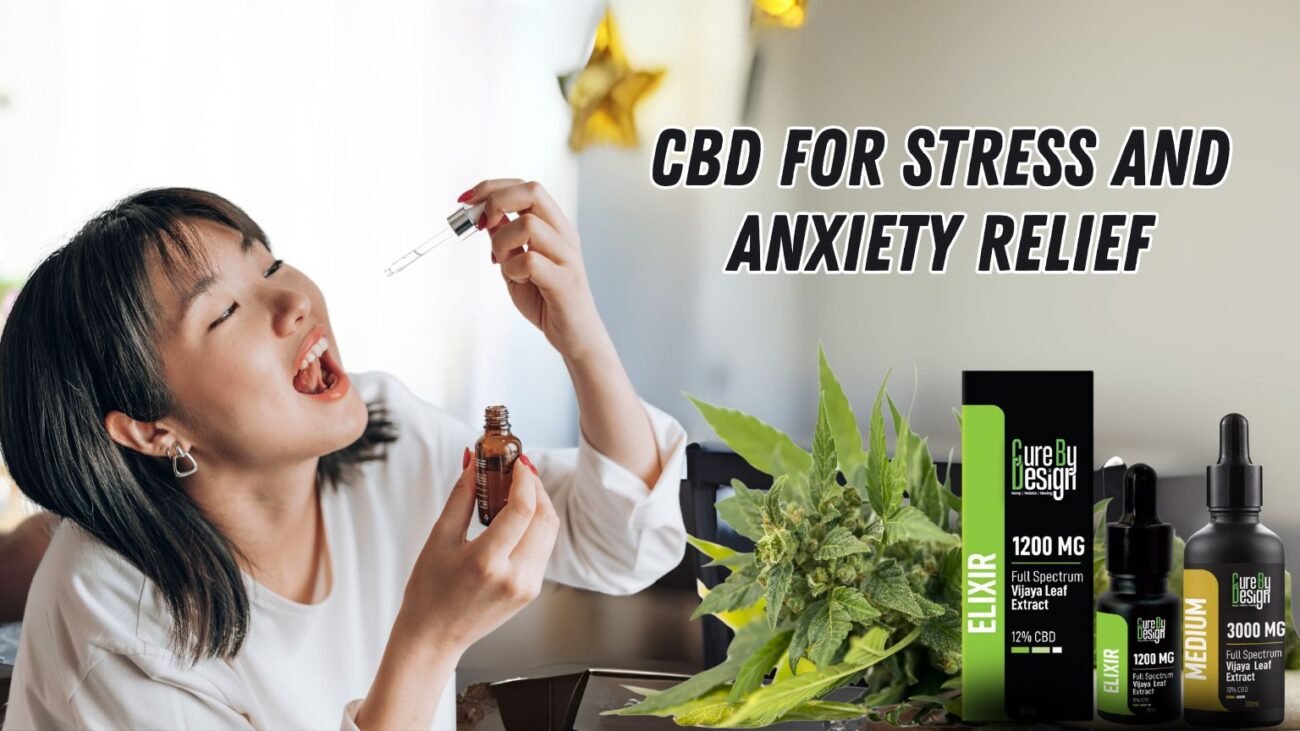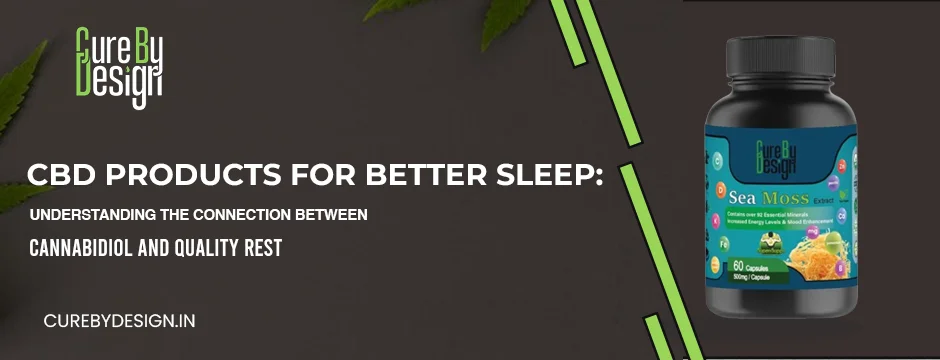How to Read a Certificate of Analysis for CBD Products

Certificate of Analysis for CBD Products
You’ve just spent your hard-earned money on a premium CBD oil, hoping it will finally help with your chronic pain or sleepless nights. You take it religiously for weeks, but nothing happens. No relief, no improvement, just frustration and the sinking feeling that you’ve been duped. This scenario plays out thousands of times across India as consumers fall victim to substandard CBD products that promise the world but deliver nothing.
The difference between genuine therapeutic CBD and expensive hemp-flavored oil often lies in a single document that most people ignore: the Certificate of Analysis (COA). This seemingly complex lab report holds the key to determining whether your CBD product is worth your money, safe for consumption, and capable of delivering the results you’re seeking.
In India’s rapidly growing CBD market, where regulations are still evolving and quality standards vary dramatically, knowing how to read a COA isn’t just helpful – it’s essential for protecting your health and investment.
What Is a Certificate of Analysis and Why Does It Matter?
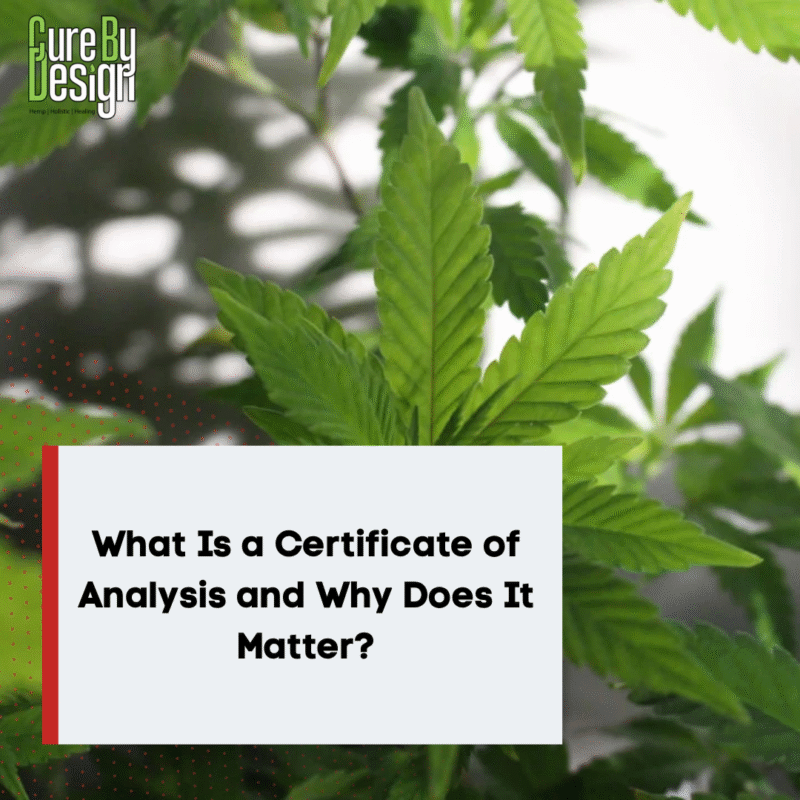
A Certificate of Analysis is an official document issued by an independent, third-party laboratory that analyzes CBD products for potency, purity, and safety. Think of it as your product’s report card – it tells you exactly what’s inside that bottle and whether it matches what the label claims.
Why COAs Are Critical for Indian Consumers:
- Quality assurance: With varying manufacturing standards across the Indian CBD market, COAs provide objective verification of product quality.
- Safety verification: Lab testing reveals harmful contaminants that could pose serious health risks, from pesticides to heavy metals.
- Value confirmation: COAs help you determine if you’re getting what you paid for – many products contain significantly less CBD than advertised.
- Legal compliance: As CBD regulations develop in India, having properly tested products becomes increasingly important for legal protection.
- Health protection: For a market where many consumers are trying CBD for serious health conditions, COAs ensure you’re not putting your wellness at risk with untested products.
Don’t gamble with your health or money. Choose Cure By Design’s rigorously tested CBD products, complete with detailed COAs that prove our commitment to quality and transparency.
Breaking Down the COA: Section-by-Section Analysis
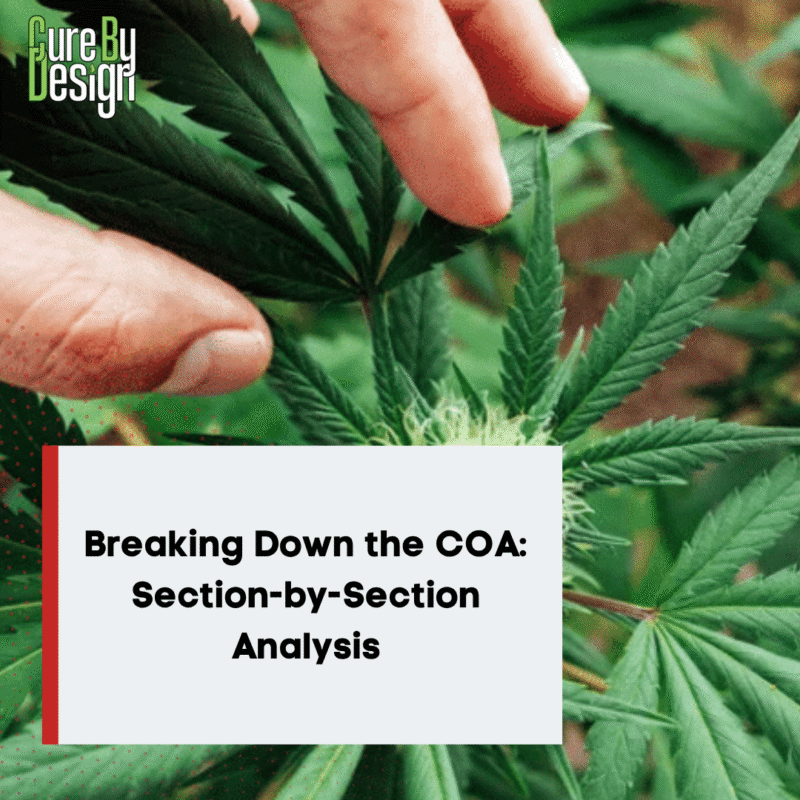
Understanding a COA requires knowing what each section tells you about your product. Let’s decode these crucial components so you can make informed decisions.
Laboratory Information Section
The first thing to check is which laboratory conducted the testing. Reputable labs should be:
- Independent and accredited: Look for labs with ISO certification or other recognized accreditations
- Experienced in cannabis testing: Specialized labs understand the unique challenges of hemp analysis
- Transparent about methods: Good labs clearly state their testing procedures and detection limits
Red flags include internal company labs or testing facilities without proper credentials – these create obvious conflicts of interest that Indian consumers should avoid.
Product Identification Details
This section should match your product exactly:
- Product name and batch number: Verify these match your purchase exactly.
- Sample date: Recent testing dates (within 6 months) indicate fresh analysis.
- Manufacturing date: Helps determine product freshness and shelf life
- Client information: Should list the actual manufacturer, not just a distributor
If any details don’t match your product, the COA may be from a different batch or product entirely, a common deception in the Indian market.
Cannabinoid Profile: Decoding the Numbers
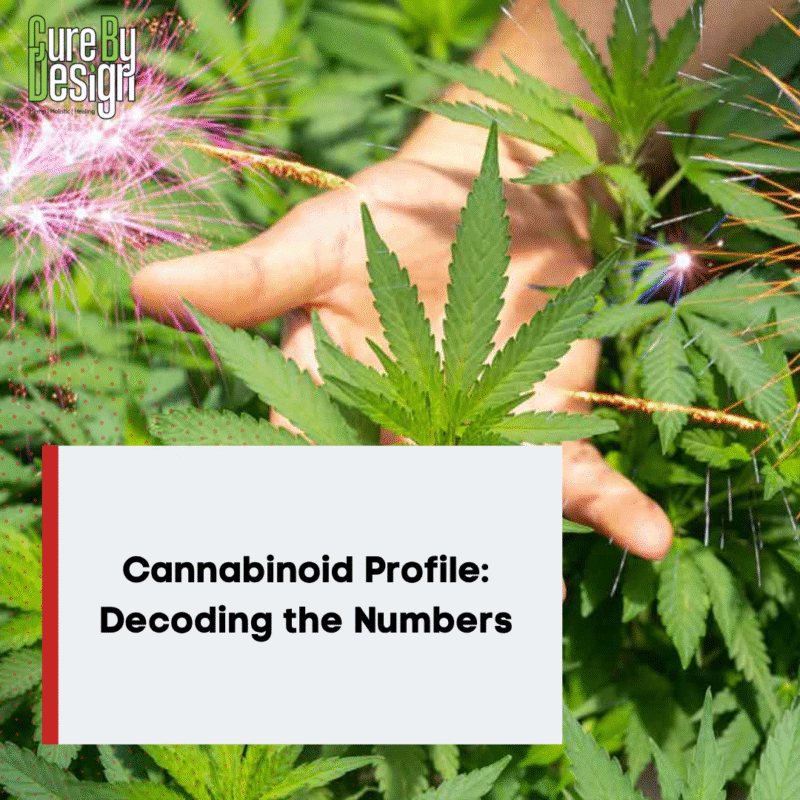
The cannabinoid profile represents the heart of your COA – it tells you exactly what therapeutic compounds your product contains and in what concentrations.
Key Cannabinoids to Look For:
- CBD (Cannabidiol): The primary therapeutic compound. Check that the tested amount matches the label claim within a reasonable margin (usually 10-15%).
- THC (Tetrahydrocannabinol): Should be below 0.3% for legal compliance in most regions. Indian consumers should pay special attention to THC levels due to workplace and legal considerations.
- CBG, CBN, CBC: These minor cannabinoids contribute to the entourage effect and add therapeutic value.
- Total cannabinoids: This number should align with the product’s overall potency claims.
Understanding the Numbers:
COAs typically show results in milligrams per gram (mg/g) or as percentages. To calculate the actual CBD content in your product:
- For oils: Multiply the mg/g by the total product weight
- For capsules: Check the per-serving amounts against label claims
- For topicals: Verify the concentration matches intended use
Contaminant Testing: Your Safety Net
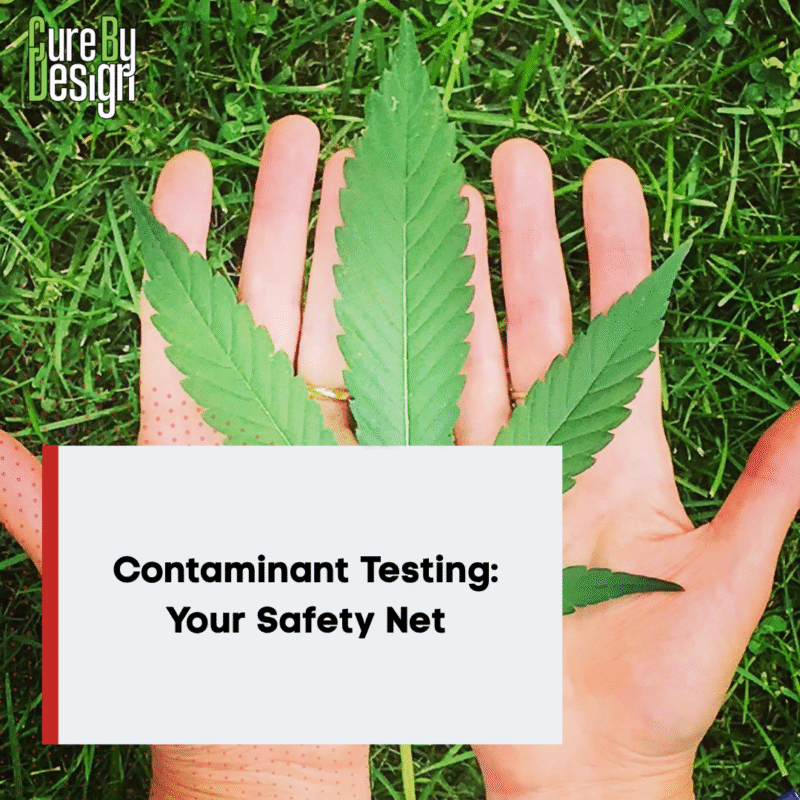
Contaminant testing protects you from potentially dangerous substances that could harm your health. This section is particularly crucial for Indian consumers, where manufacturing standards and raw material quality can vary significantly.
Essential Contaminant Tests:
- Pesticides: Hemp plants absorb chemicals from soil and water. Look for “Non-Detected” or “Pass” results for common pesticides like myclobutanil, imidacloprid, and abamectin.
- Heavy metals: Lead, mercury, cadmium, and arsenic can accumulate in hemp plants. All should show “Non-Detected” or be below established safety limits.
- Microbials: Dangerous bacteria, yeast, and mold can contaminate products during processing. Look for acceptable levels of total aerobic bacteria, yeast, and mold.
- Residual solvents: If products use solvent extraction, COAs should show that harmful chemicals like butane, propane, or ethanol have been properly removed.
Red Flags in Contaminant Testing:
- Missing contaminant tests entirely
- Results showing “Detected” levels of dangerous substances
- Vague language instead of specific numbers
- Old testing dates that may not reflect the current product safety
Terpene Analysis: The Aromatic Advantage
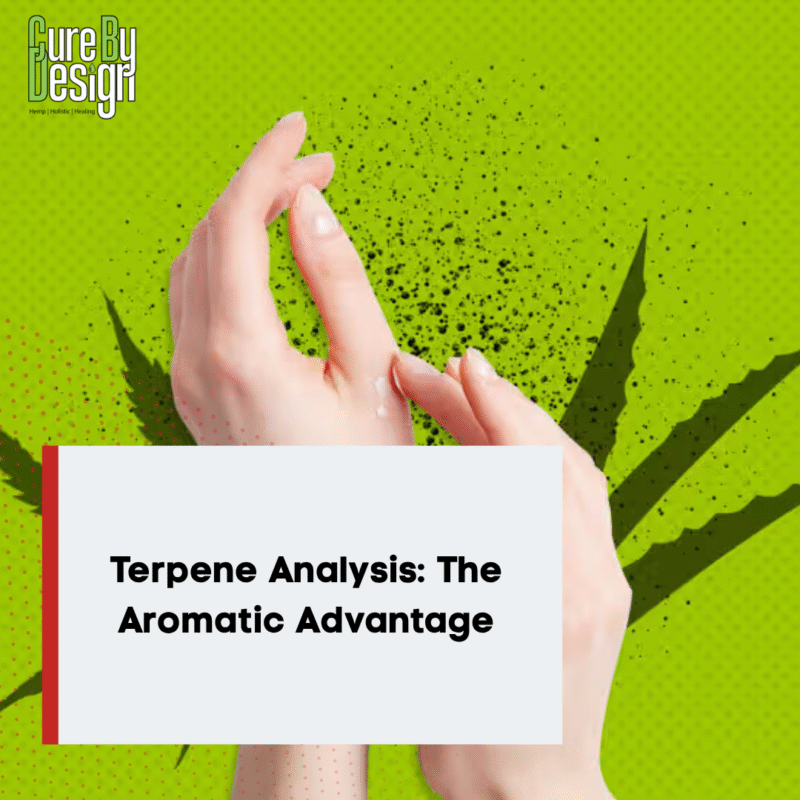
Terpenes contribute to the entourage effect and can significantly impact your product’s therapeutic benefits. While not all COAs include terpene analysis, it’s a valuable addition that indicates thorough testing.
Common Beneficial Terpenes:
- Myrcene: Promotes relaxation and may enhance CBD absorption
- Limonene: Supports mood elevation and stress relief
- Pinene: May improve focus and alertness
- Linalool: Known for calming and sleep-promoting effects
Products with preserved terpene profiles often provide more comprehensive therapeutic benefits than those without.
Indian Market Specific Considerations

Reading COAs in the Indian context requires understanding unique local challenges and considerations that affect product quality and safety.
Regulatory Landscape Awareness:
India’s CBD regulations continue evolving, making third-party testing even more critical. Products with comprehensive COAs demonstrate the manufacturer’s commitment to safety regardless of changing legal requirements.
Climate and Storage Factors:
India’s varied climate conditions can affect product stability. Look for COAs that test for moisture content and stability indicators, especially during monsoon seasons.
Import vs. Domestic Considerations:
Imported products may have different testing standards from domestic ones. Verify that testing meets international standards regardless of origin.
Ensure your CBD products meet the highest safety standards with Cure By Design’s comprehensive testing protocols, designed specifically for Indian market conditions and consumer needs.
Red Flags and Common COA Deceptions
Unfortunately, some manufacturers try to deceive consumers with fake or misleading COAs. Knowing these red flags can save you from wasting money on ineffective or dangerous products.
Warning Signs to Avoid:
- Generic or outdated COAs: Some companies use the same COA for multiple products or batches, which provides no meaningful information about your specific purchase.
- Missing batch numbers: Legitimate COAs always include specific batch identification that matches your product.
- Incomplete testing panels: COAs that only test for CBD content while ignoring contaminants or other cannabinoids provide insufficient safety information.
- Suspicious lab credentials: Always verify that the testing laboratory is legitimate and accredited.
- Perfect results: Be skeptical of COAs showing exactly the labeled amounts – real testing typically shows some variation.
How to Verify COA Authenticity

Protecting yourself from fake COAs requires taking verification steps that many consumers skip.
Verification Steps:
- Contact the laboratory directly: Most reputable labs allow you to verify COA authenticity by providing the report number or batch information.
- Check laboratory accreditation: Verify that the testing facility has proper credentials and specializes in cannabis testing.
- Look for QR codes or verification systems: Many legitimate COAs include QR codes that link to online verification systems.
- Compare multiple batches: If available, compare COAs from different batches to ensure consistency in testing standards.
Making Smart Purchasing Decisions
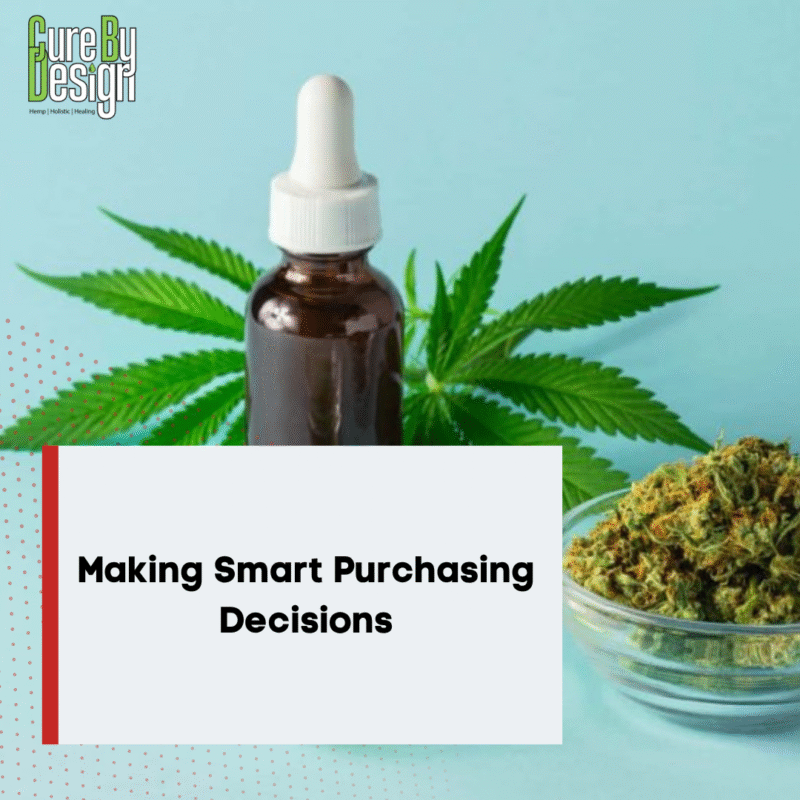
Armed with COA knowledge, you can make informed decisions that protect your health and ensure you get value for your money.
Your COA Checklist:
- Verify the COA matches your specific product and batch
- Confirm CBD content matches label claims within reasonable margins
- Check that all contaminant tests show “Pass” or “Non-Detected” results
- Ensure testing dates are recent (within 6 months)
- Verify laboratory credentials and independence
- Look for comprehensive testing panels including cannabinoids, contaminants, and ideally terpenes
Questions to Ask Manufacturers:
- Can you provide the COA for my specific batch?
- Which laboratory conducted the testing?
- How often do you test your products?
- What happens if a batch fails testing?
Your Path to Safe, Effective CBD
Understanding COAs transforms you from a vulnerable consumer into an informed buyer who can navigate India’s CBD market with confidence. This knowledge protects your health, ensures you get value for your money, and helps you find products that deliver the therapeutic benefits you’re seeking.
Remember, reputable manufacturers like Cure By Design proudly share their COAs because they have nothing to hide. Companies that make excuses about testing or refuse to provide COAs are telling you everything you need to know about their product quality.
Ready to experience the difference that rigorous testing makes? Explore Cure By Design’s complete product line, each backed by comprehensive COAs that prove our commitment to your safety and satisfaction.
Don’t let another day pass using products that might be ineffective or unsafe. Your health deserves the assurance that only proper testing can provide. Make COA verification a non-negotiable part of your CBD shopping routine – your future self will thank you for the investment in quality and safety.

